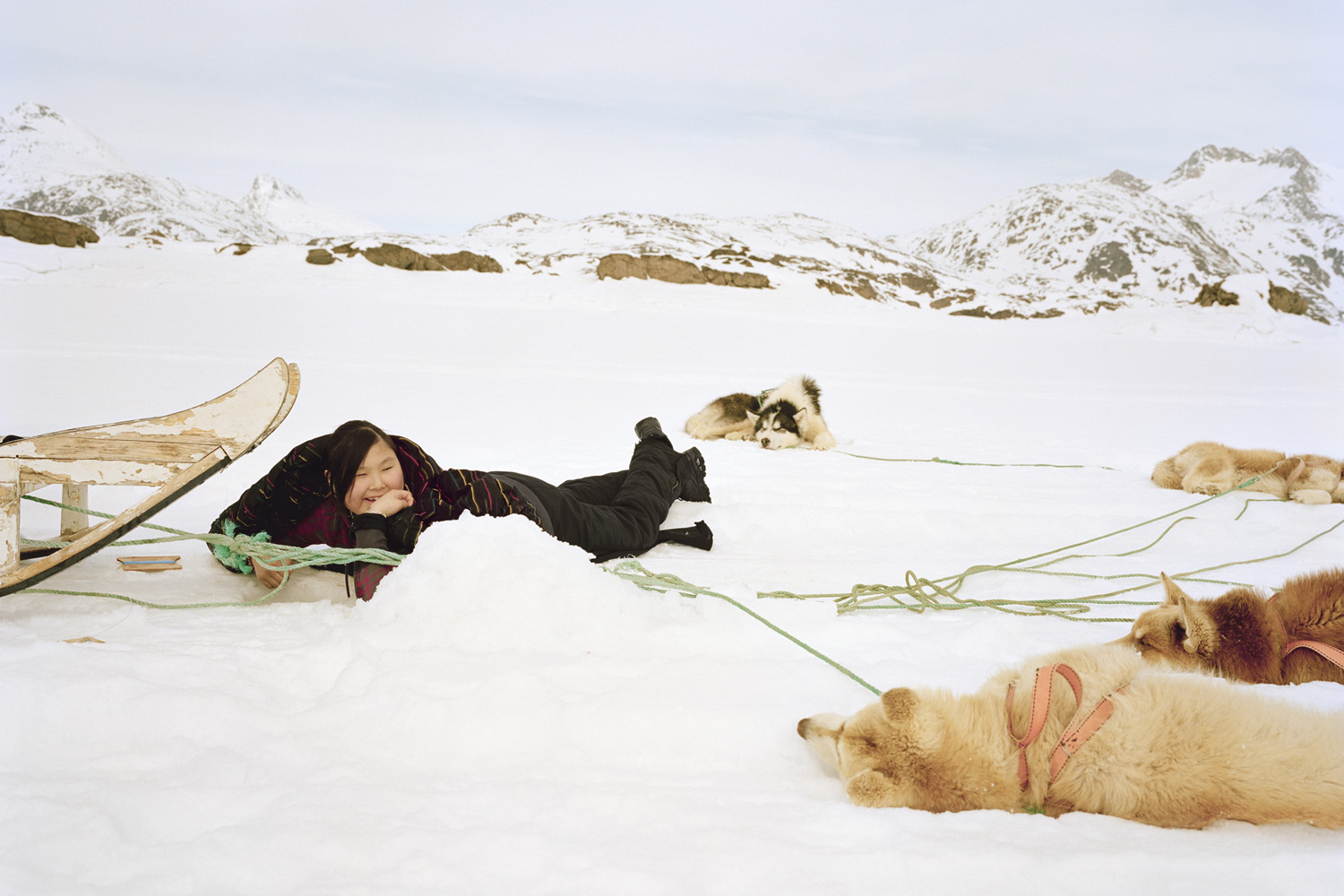
Two years ago Larissa Leclair founded the Indie Photobook Library in her Washington D.C home with the goal of preserving rare self-published books and making them available to a larger audience. She hopes the collection will one day land at the Library or Congress for safe keeping. From Nov. 10 – 18, Leclair’s collection is on view at FotoWeek DC.
LightBox: How did the Photobook Library start?
Larissa Leclair: The Indie Photobook Library started in May 2010 with an idea, one book and a Facebook page.
The idea of creating a public non-circulating library had been in my head for many years; one I originally wanted to propose to a non-profit. At that time, my focus was a broad range of international titles and making them available to a U.S. audience. That initiative never materialized, but the idea stayed and evolved. In 2009, as Blurb announced their Photobook Now Competition winners, and I was viewing a lot of self-published books online, I was personally frustrated with not having a central place to visit in order to look at these kinds of books in person. I referenced the idea of a museum/archive/library in my contribution to the Future of the Photobook discussion, but the final spark for the project came one day in April 2010 while attending the Photo Memory Workshop Master Class at the Beinecke Rare Book and Manuscript Library at Yale University.
George Miles, Curator of the Western Americana Collection at Beinecke, and Laura Wexler, Professor and Founder of the PMW, had selected to focus on the Peter Palmquist Collection. The vision encapsulated in his collection was the final piece of encouragement I needed. I was awestruck that a single individual could follow his passion, create a collection and, in the process, have an impact on the history of photography. Two weeks after that Master Class, I embraced the idea that I could be the one to create a space for self-published and “indie” photobooks while creating an archive at the same time.
The long-term goal of a lasting archive is what excites me the most. Having a specific collection dedicated to these kinds of books allows for the development of future discourse on trends in self-publishing, the ability to reflect on and compare books in the collection and for the scholarly research to be conducted in years, decades and centuries to come.
LB: What’s your background and why are you so interested in photobooks?
Leclair: I have a BFA in Photography and a BA in Anthropology from Washington University in St. Louis. My interest in archives began in graduate school, where I spent most of my time researching and working in Manuscripts & Archives at Yale University Library with photographs, postcards, ephemera and books.
And I just love books. From remembering my childhood library to loving library spaces now, I enjoy being surrounded and being introduced to things through books. I prefer to look at most photography in book form and to be able to revisit the work over and over again that way.
LB: Can you describe the library’s physical space?
Leclair: The library is stored in my small home office, until I am able to find a donated public space. The books are shelved and stored in crates. I regularly pull from them each time there is an iPL event, exhibition, lecture, visitor or article I am writing. I have piles of photobooks on my desk of new submissions for the collection and boxes of packaging and ephemera in the corner that I have saved.
LB: Is there an online or social component to what you do?
Leclair: The iPL grew from the ability to share an idea online without having a physical space for the library. The online presence and social networking aspect is a big part of the success of the Indie Photobook Library. It affords easy collaboration and engagement with those that love photobooks and those that support the Indie Photobook Library.
LB: Can you tell us about the concept for the most recent show?
Leclair: For Documentary Styles in early 21st century Photobooks, at Gallery Carte Blanche in San Francisco, I invited Darius Himes, Assistant Director of Fraenkel Gallery, to work with me on the exhibition. I am interested in creating exhibitions and discourse around the photobook much the same way a museum would a photography exhibition. After some back-and-forth of ideas we agreed to curate the exhibition around the framework of documentary practice and styles in photography. And the medium would be the book.
LB: What was the process for finding and selecting books for this exhibition?
Leclair: When I am working on something I reference the library and choose from the collection. At least once a year, the iPL organizes a large feature-length exhibition of photobooks culled from the permanent collection. For the exhibition at Gallery Carte Blanche, Gwen Lafage, the Founding Director, wanted to have a call for entry, so we set a deadline that books needed to be part of the iPL by June to be considered for this exhibition.
There are books that speak to a more traditional documentary style, while others completely challenge it; there are diary-esque books and ones that are typology in structure; others that use found and vernacular imagery; and many that are documentary-esque in a fine art tradition. The lines between journalism, art and the long-term documentary project have blurred, morphed and continue to feed off of each other. The exhibition explores, rather than defines, the style.
LB: What makes a photobook interesting to you?
Leclair: For me, some of the most potent and challenging photographic work being done today is being realized in self-published photobooks. Freed from constraints, the photographic work should influence the book form. And it is when content, form, and experience come together in the right way, the book is magical.
LB: Could self-publishers replace the big publishing houses? Should they?
Leclair: Do I think they will replace the big publishing houses? Probably not. But self-publishers, independent/collaborative publishers and print-on-demand services are challenging the traditional publishing paradigm. A photobook is a photobook, no matter how it was published. A self-published book should not be judged differently. Doing-it-yourself is just as valid as publishing with a big press. All are part of the current photobook discussion and I have been championing that for many years.
LB: What’s your dream scenario for the library? What do you hope to do with it in the future?
Leclair: I have very ambitions dreams and goals for the Indie Photobook Library. I hope it will be seen as the “Library of Congress” for self-published photobooks and that photographers will continue to add to the collection as they create new books over their career. Traveling around with the library these last few years has been a successful way of sharing the photobooks in the collection and I’ve reached thousands and thousands of people that way. Yet, I’ve always envisioned a fixed public space that operates like a non-circulating library or browse-able archive where books in the collection are listed on worldcat.org and easily found by researchers.
I’ve just searched for many self-published photobooks on WorldCat and the Indie Photobook Library is often the only public collection in the United States that has a copy. If only people knew this on worldcat.org and I had the physical space people could access. That is the mission—providing the space and access for people to see these amazing photobooks.
Larissa Leclair is the founder of the Indie Photobook Library in Washington D.C.

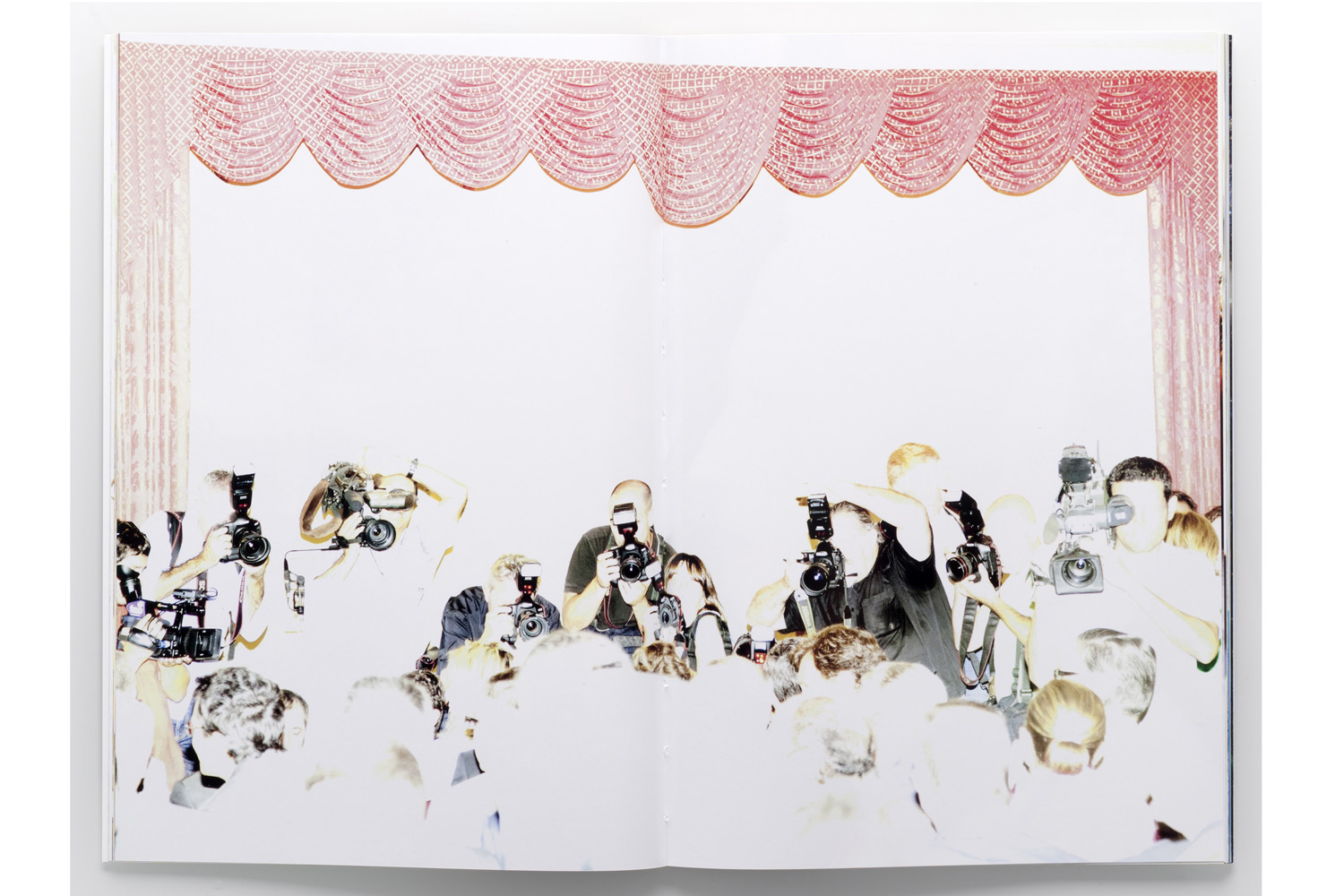
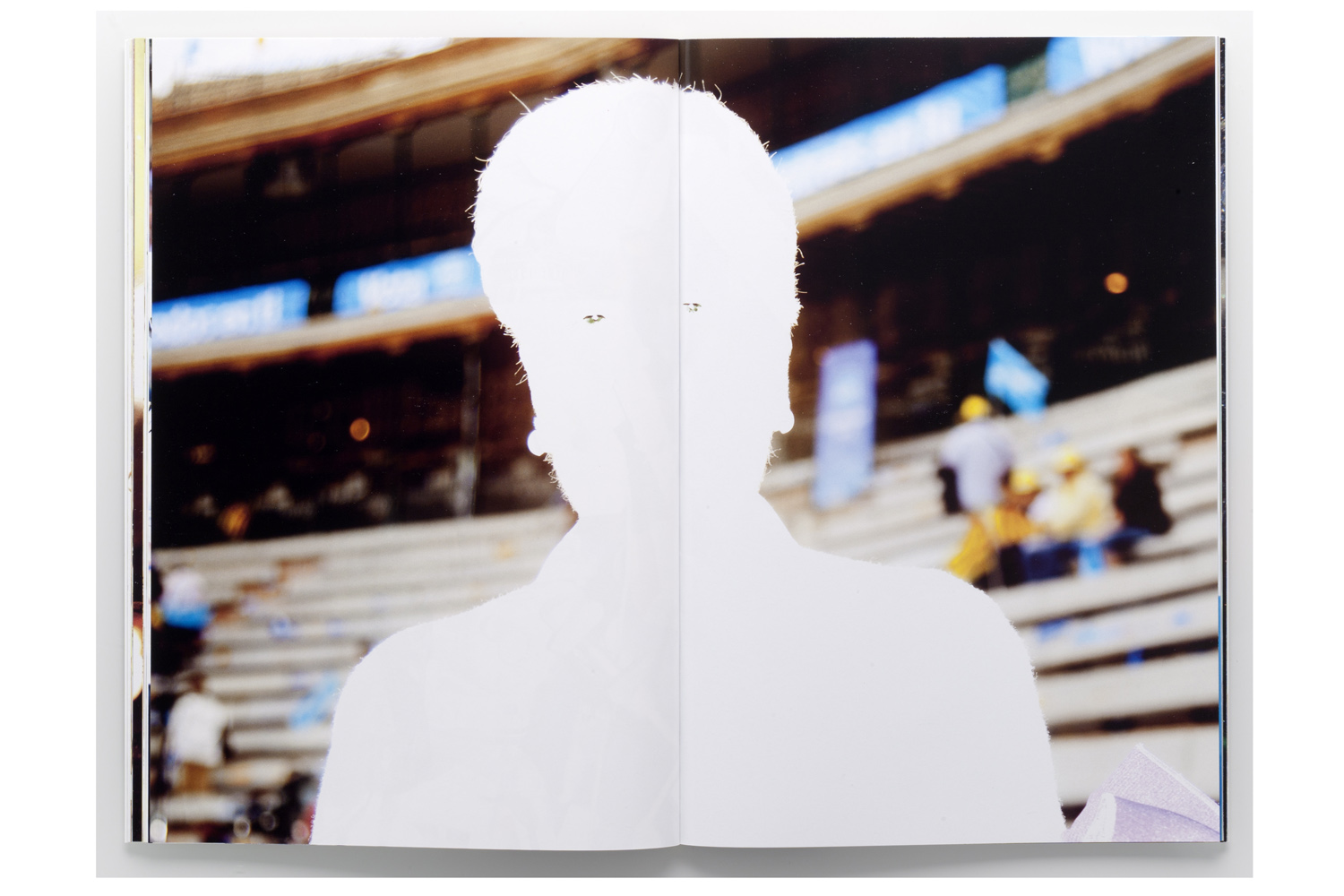
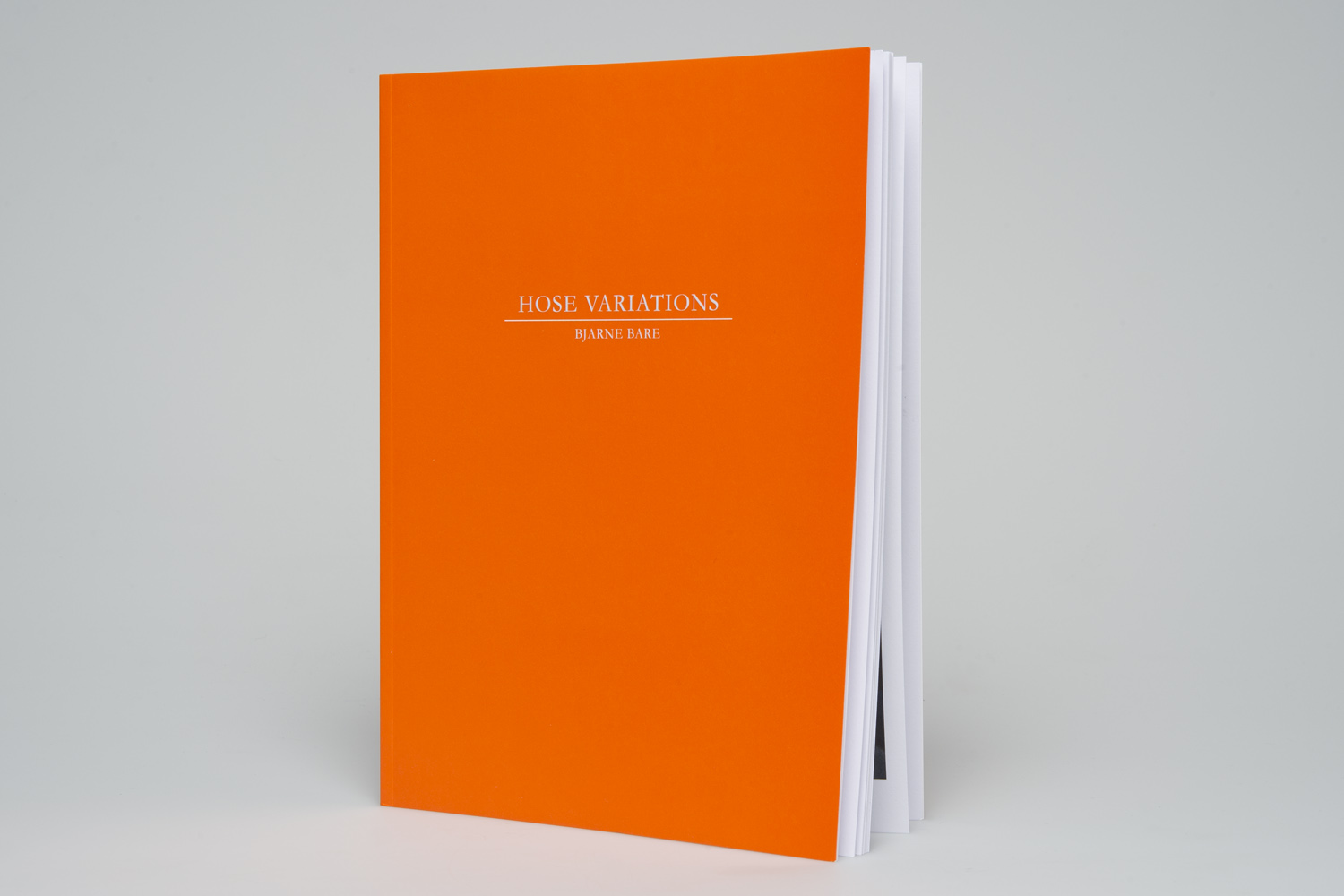
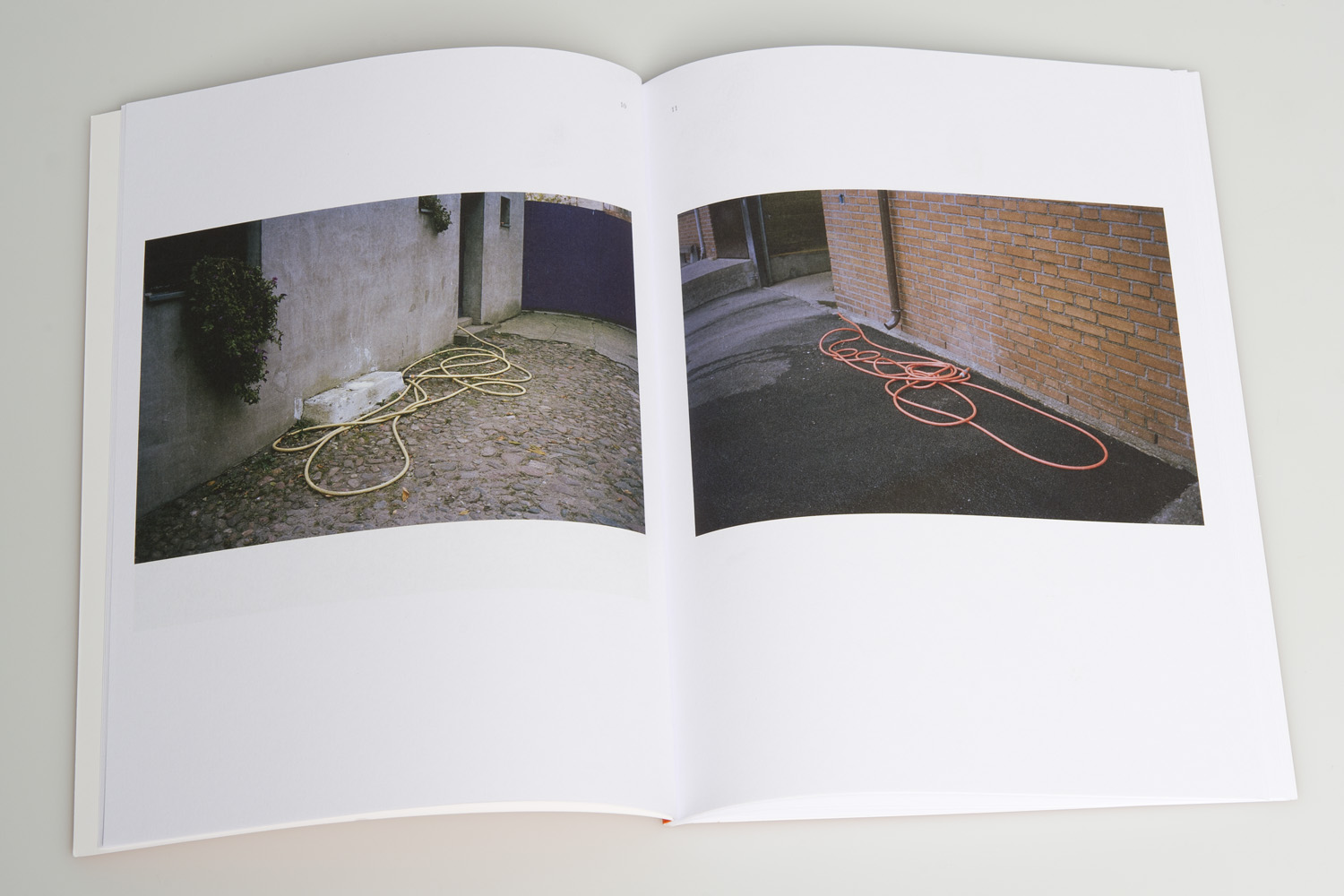
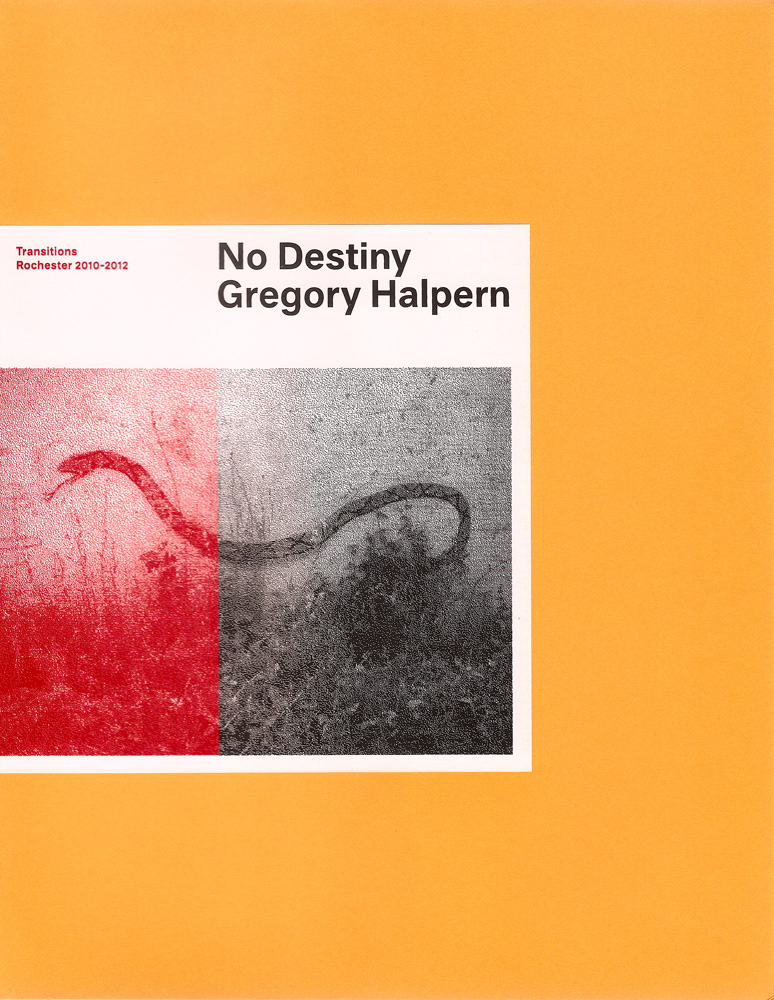
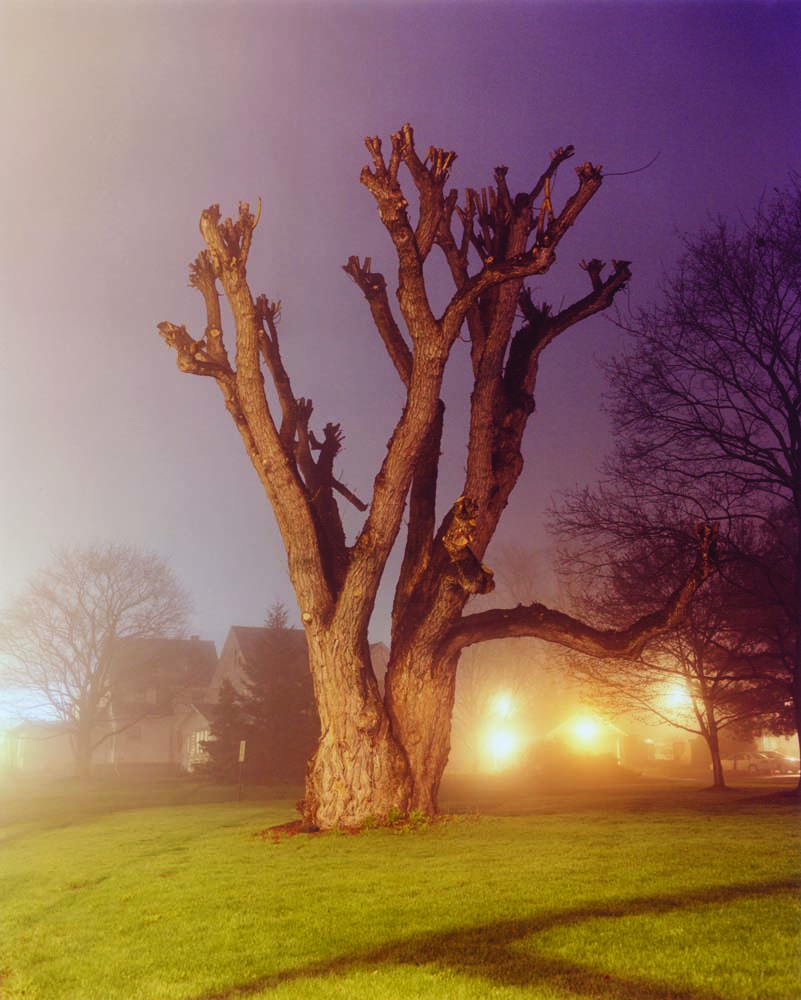
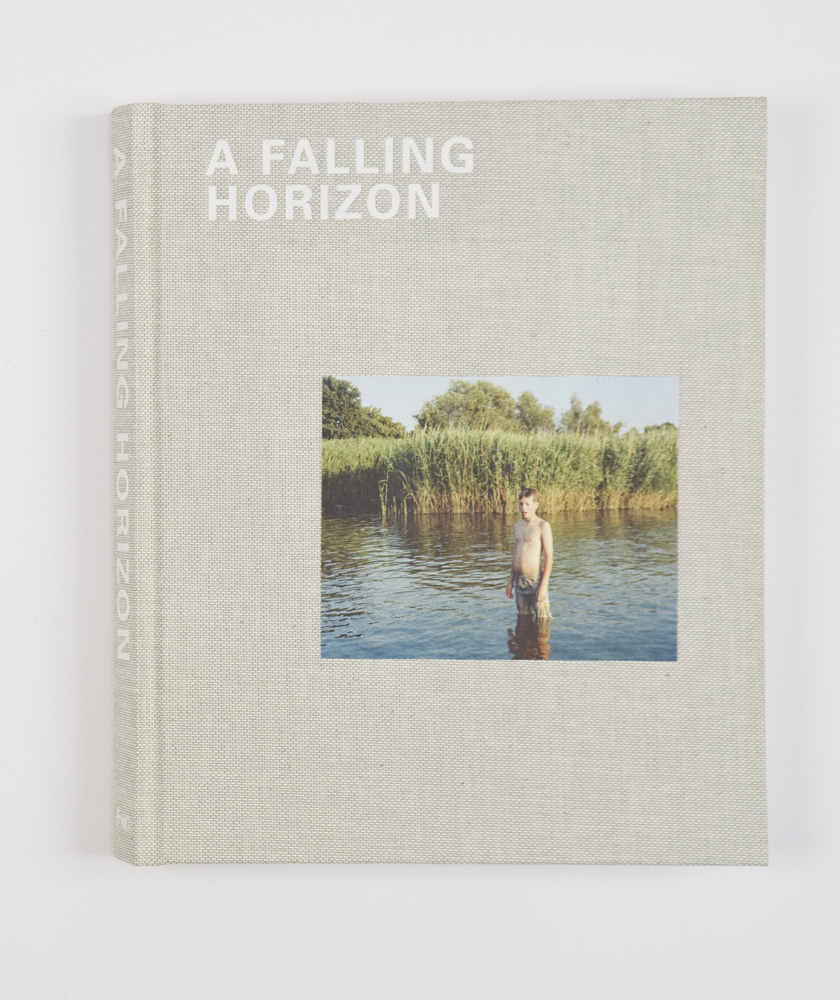
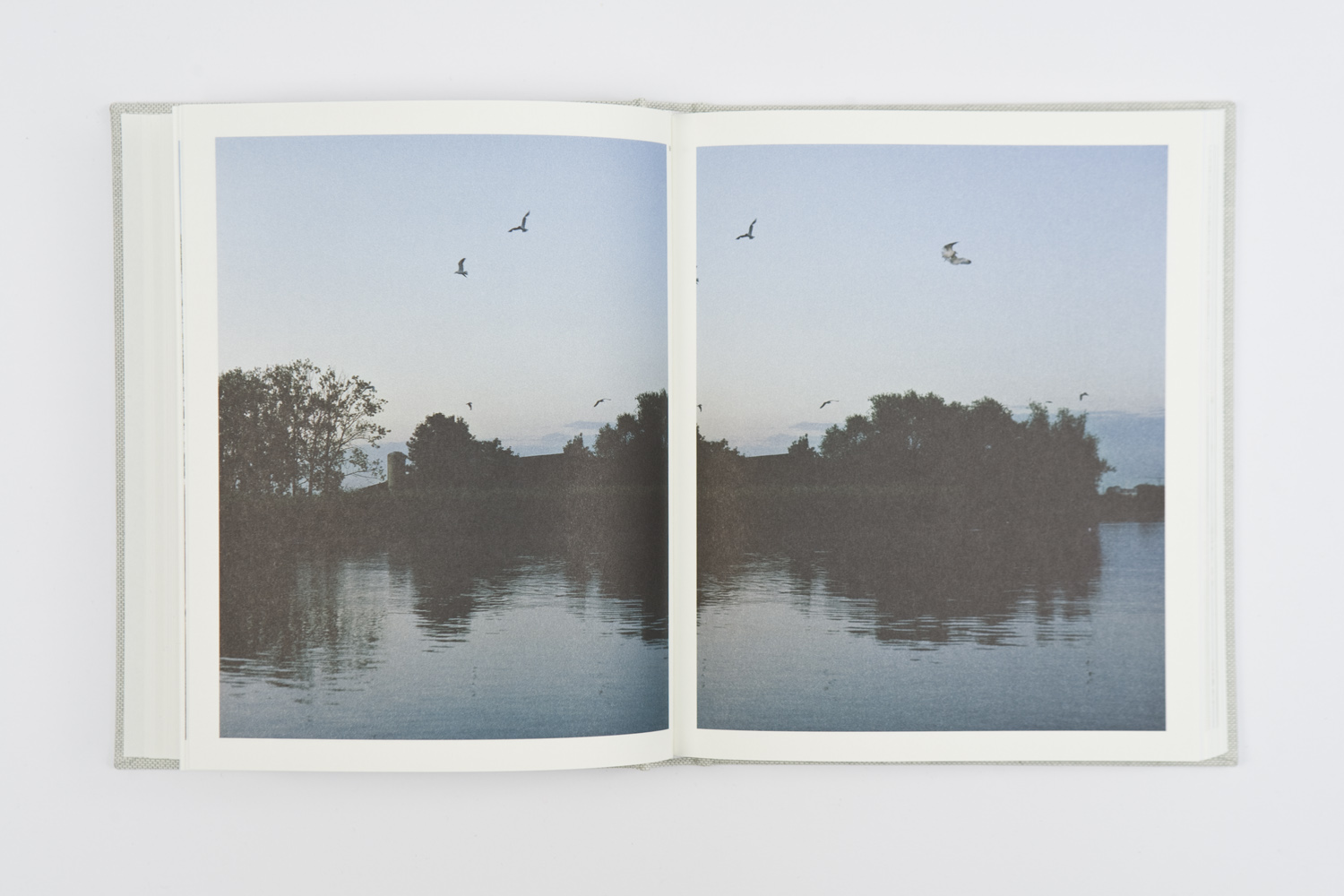
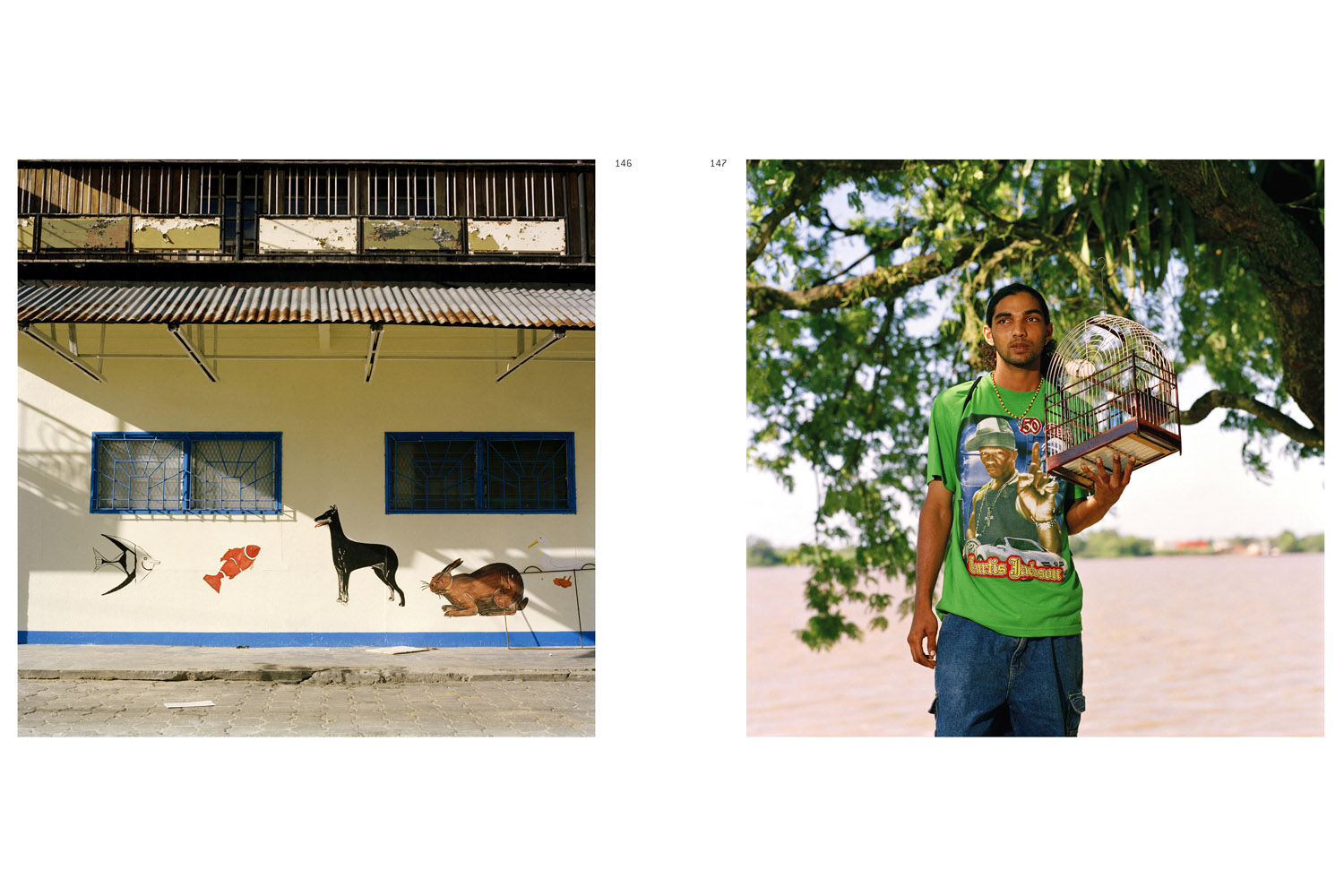
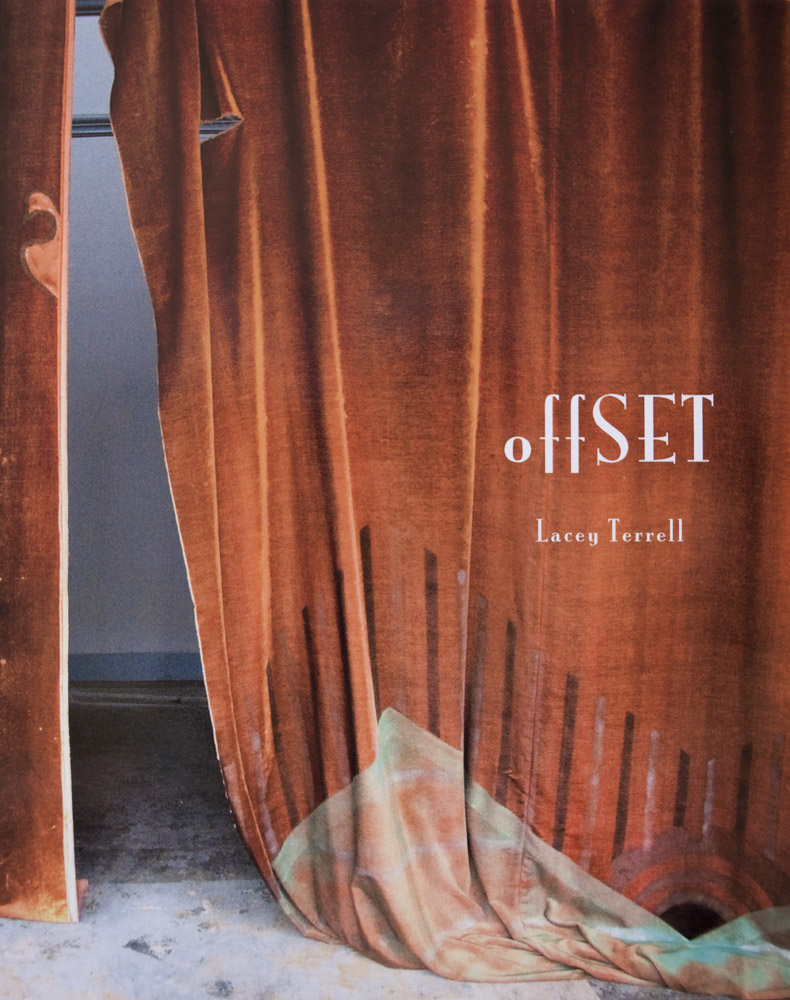
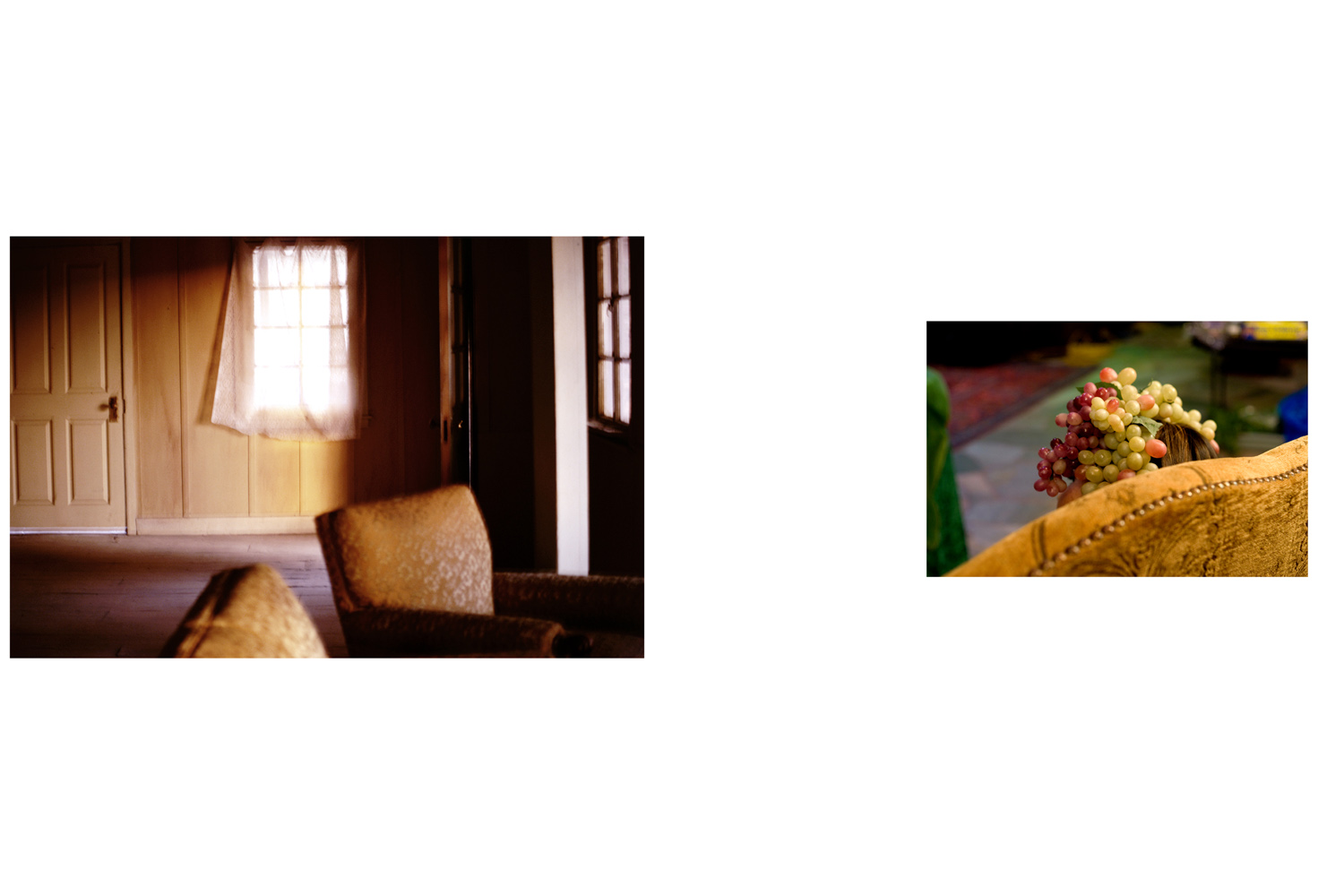

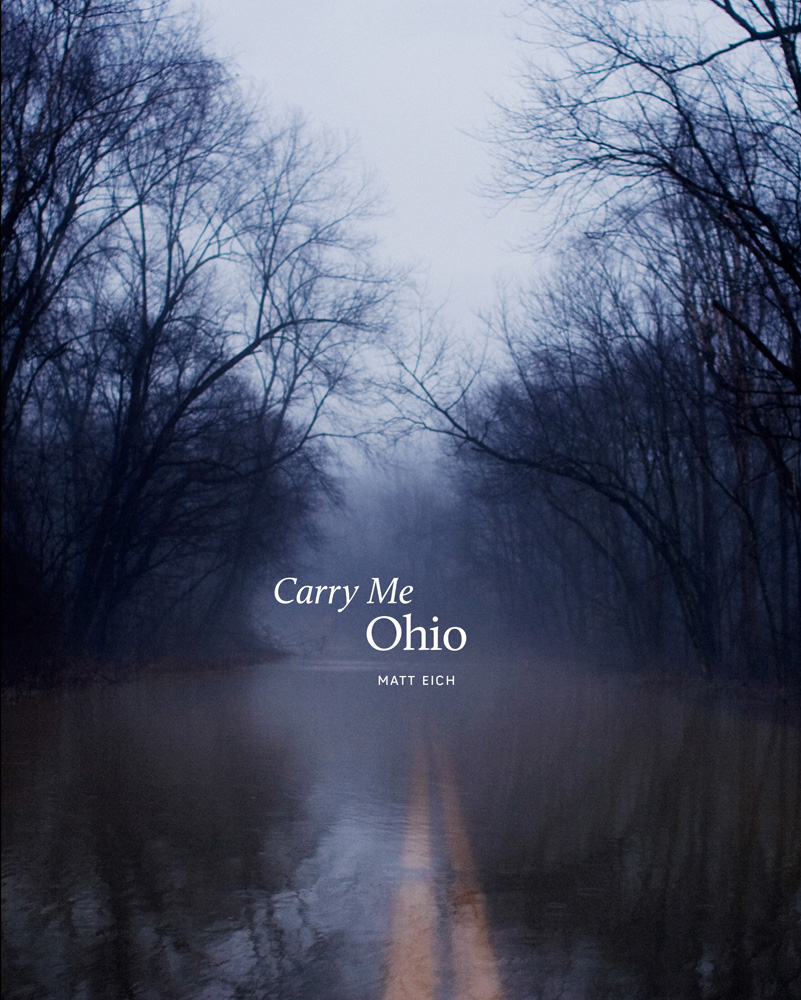
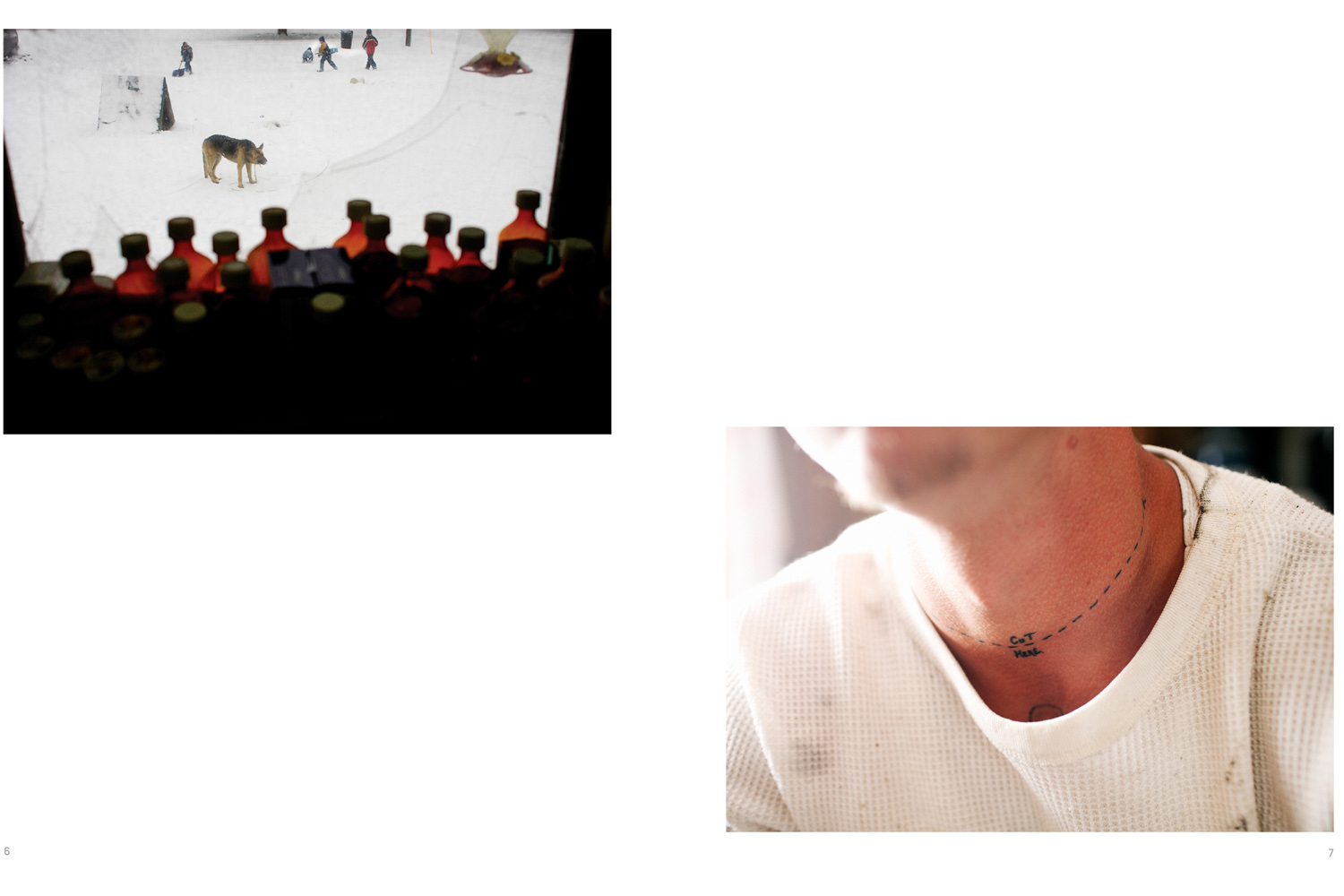
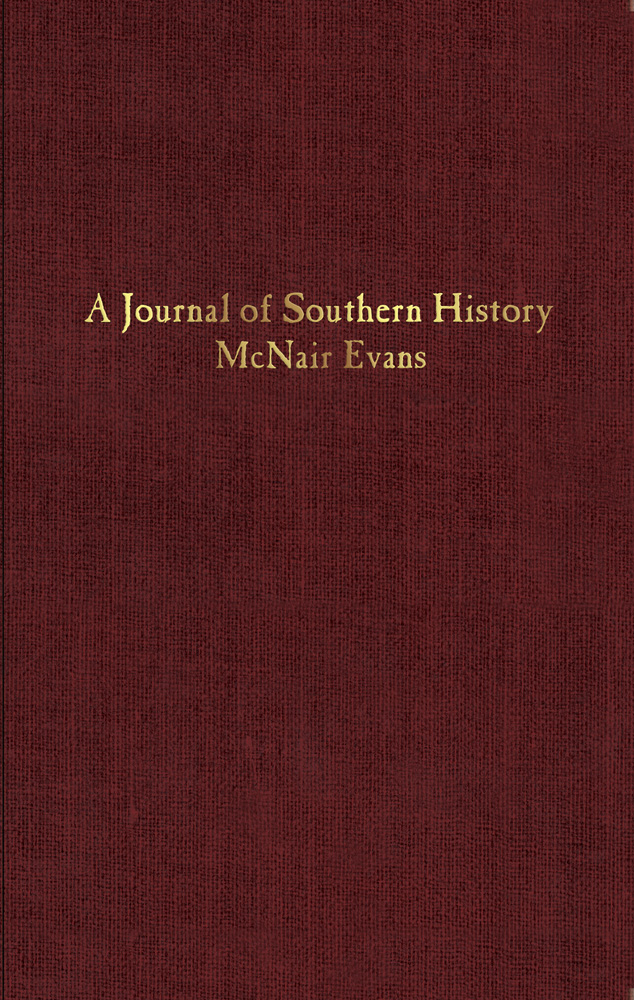
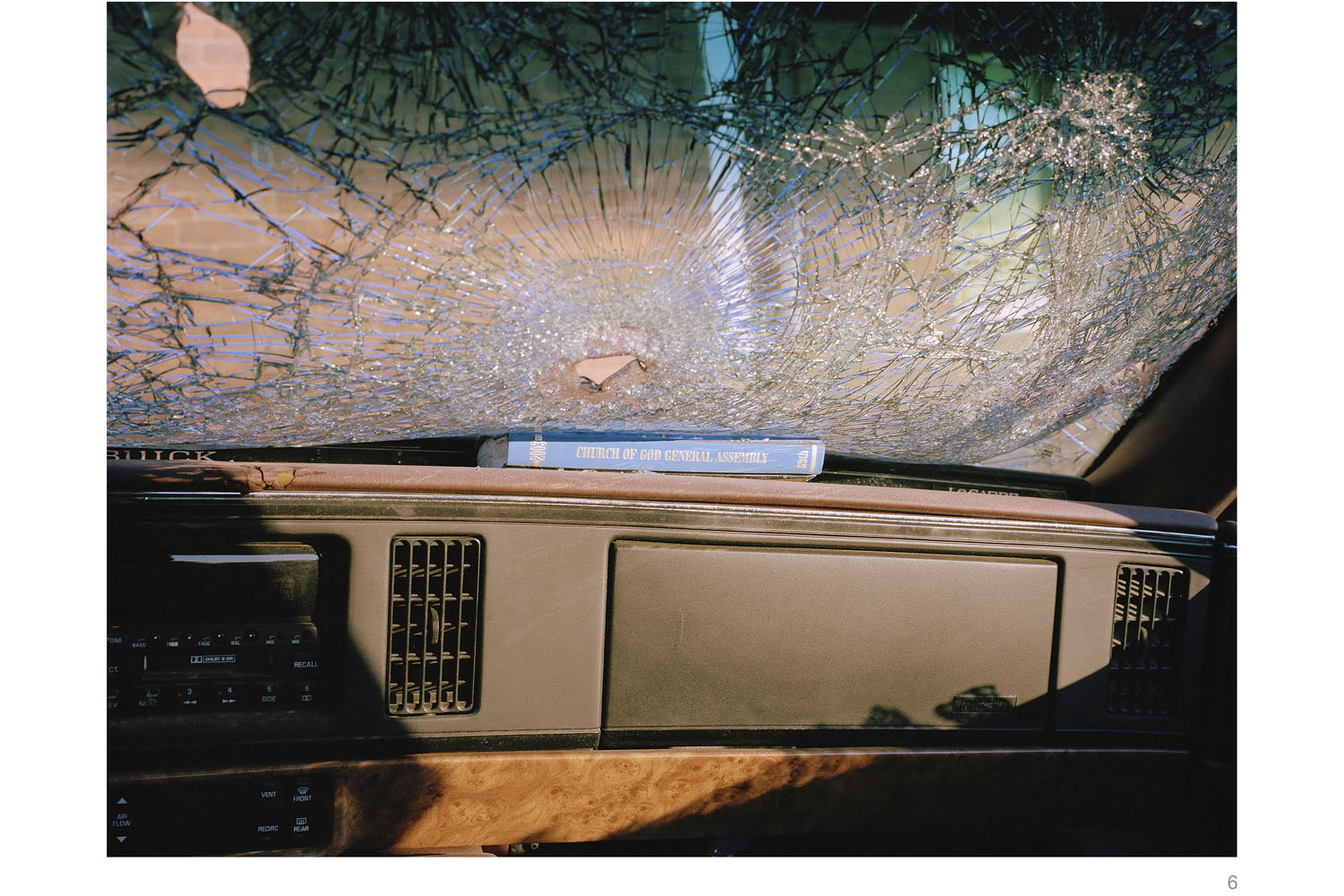
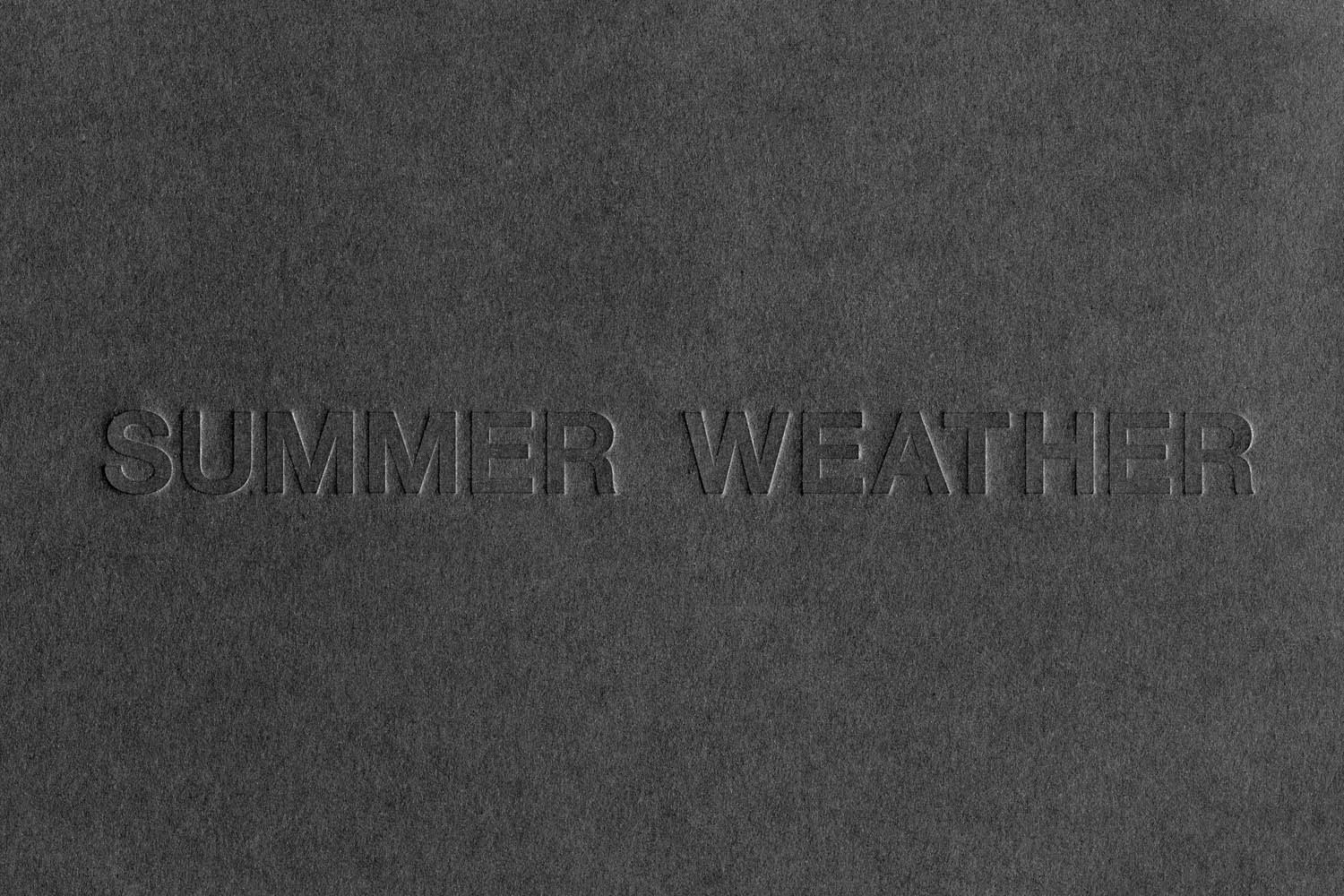
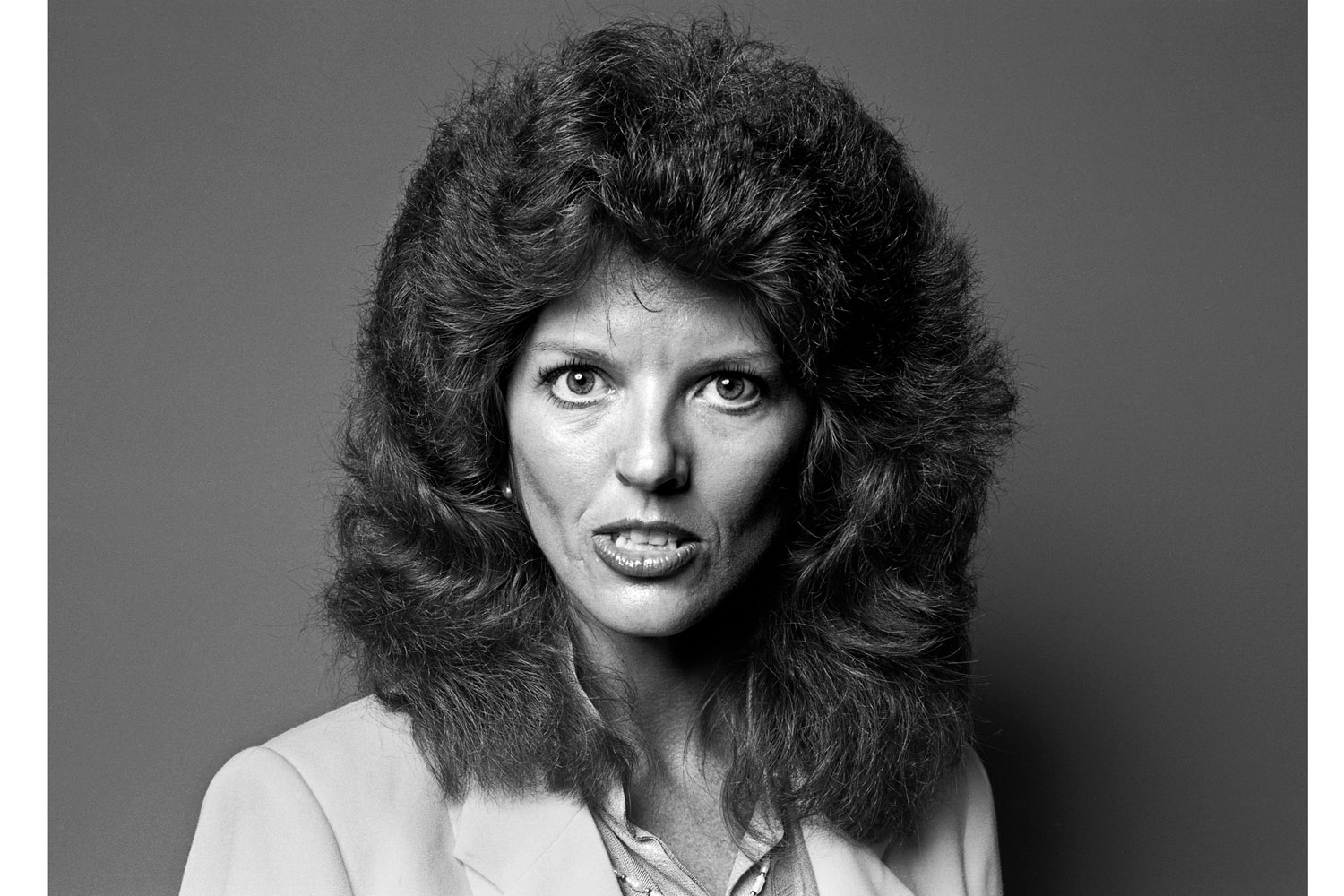
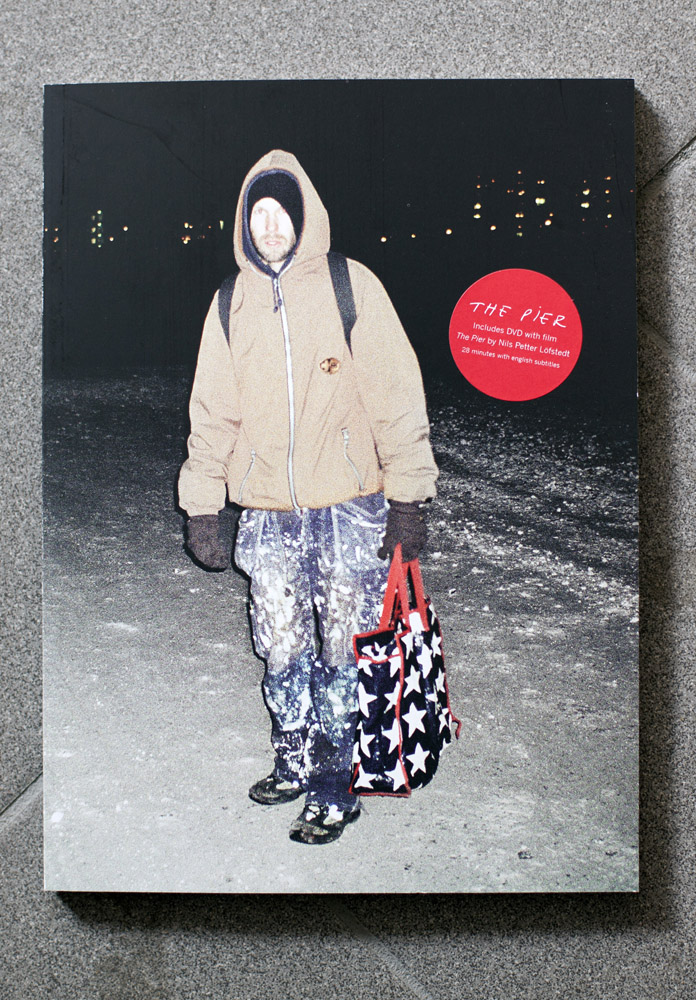
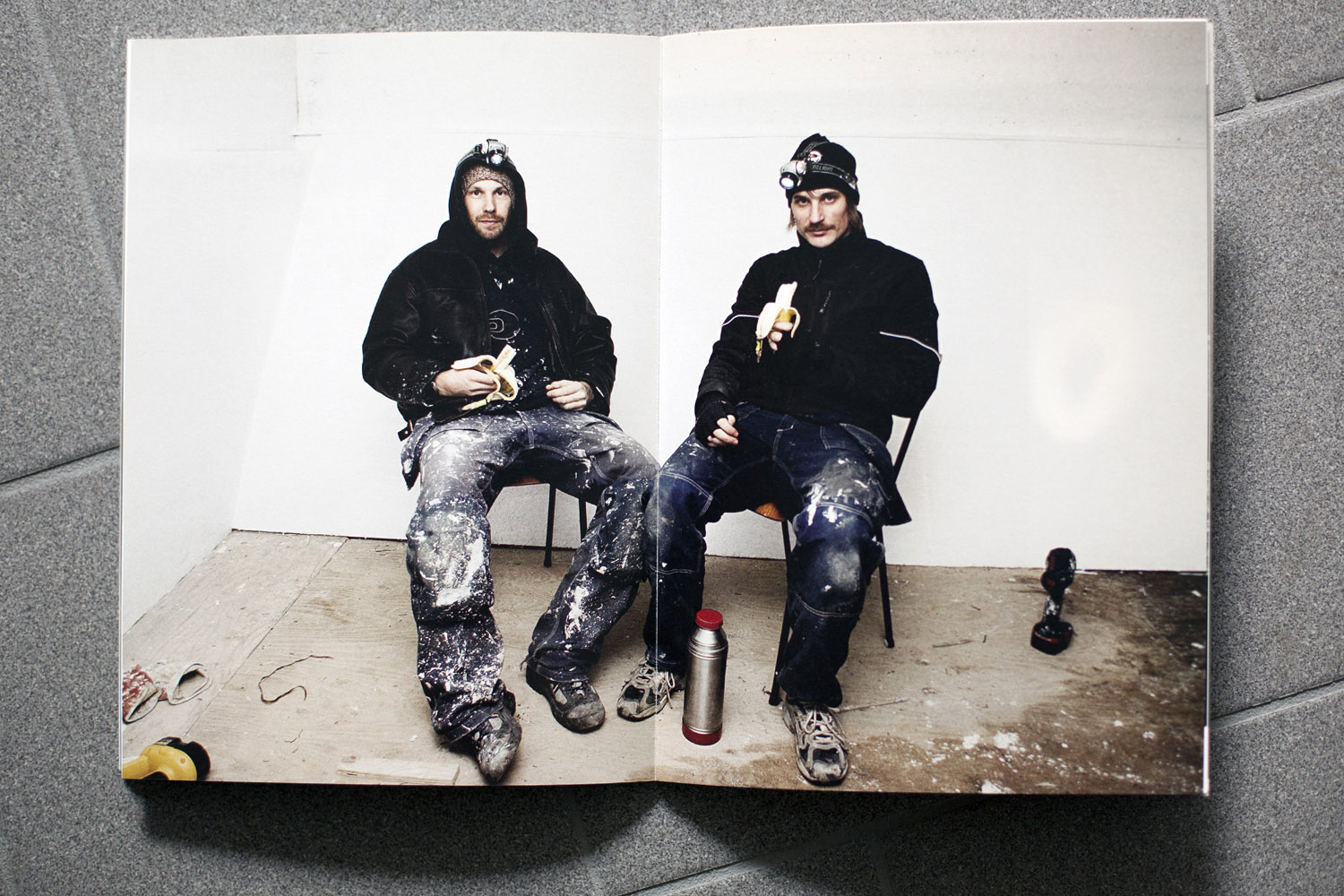
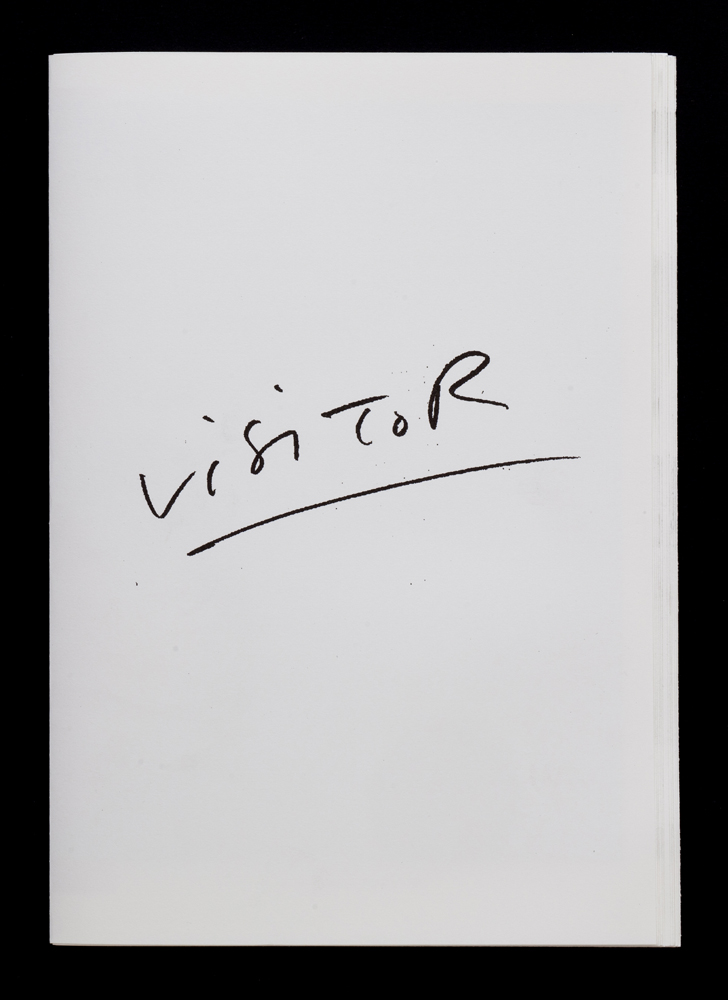
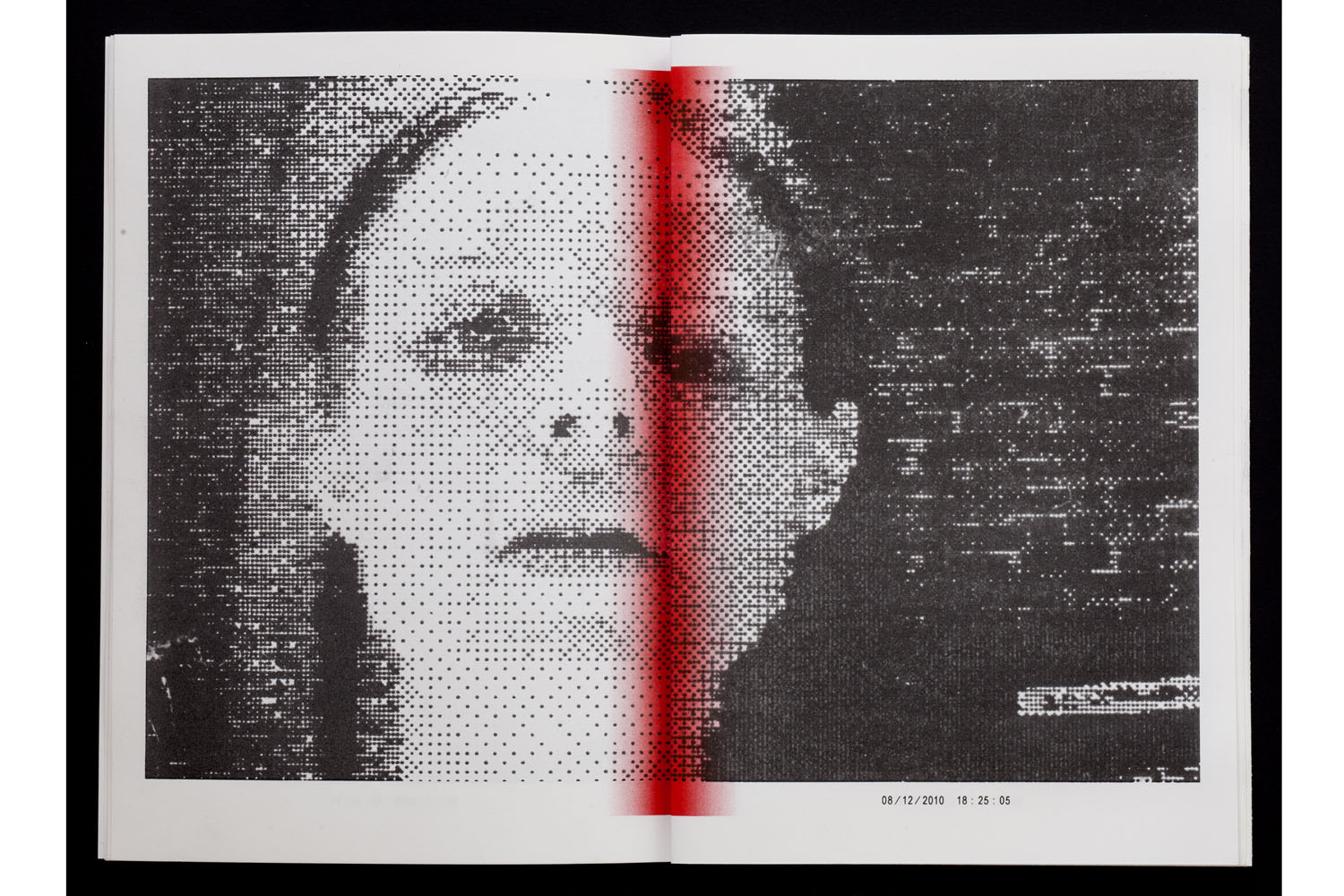




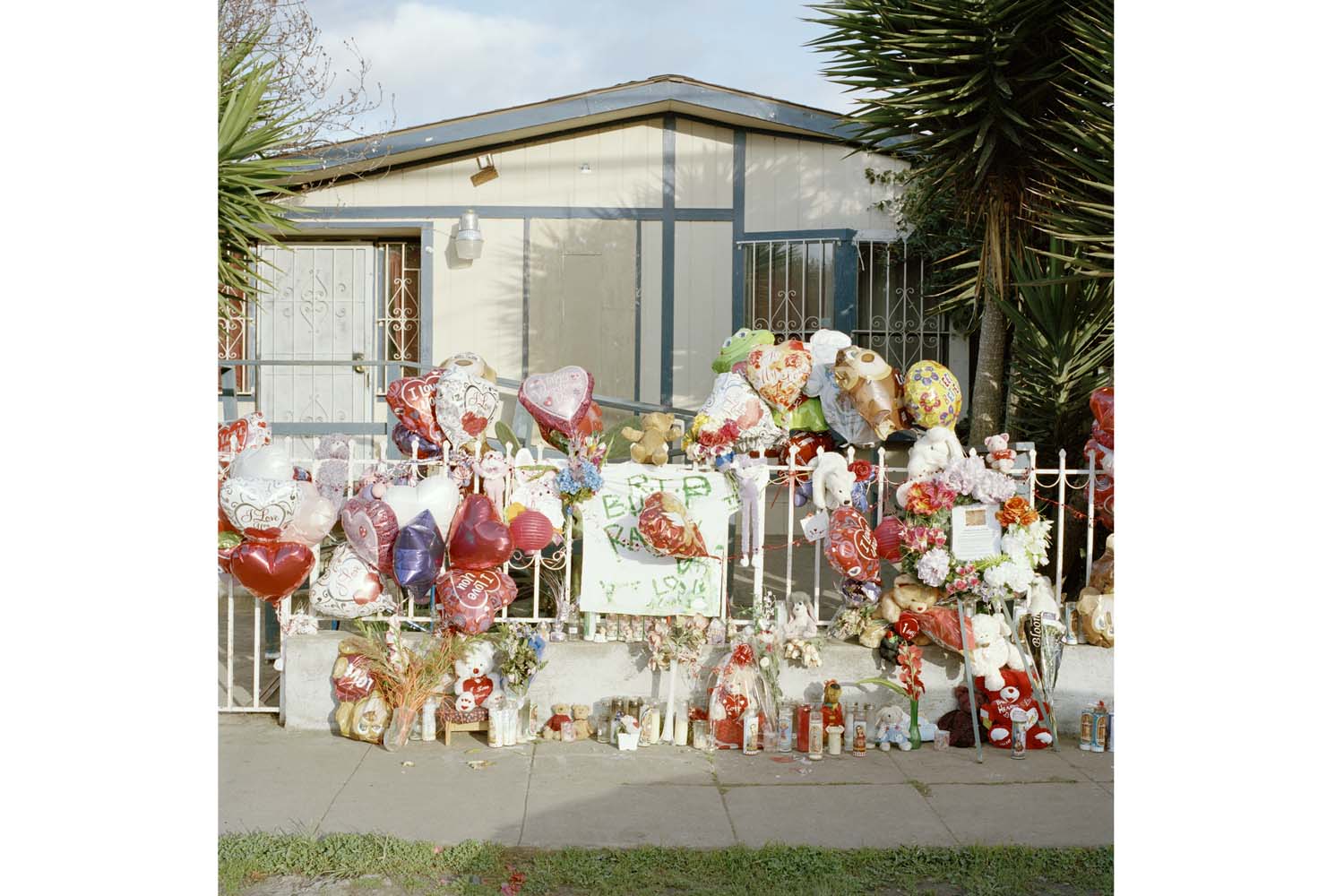
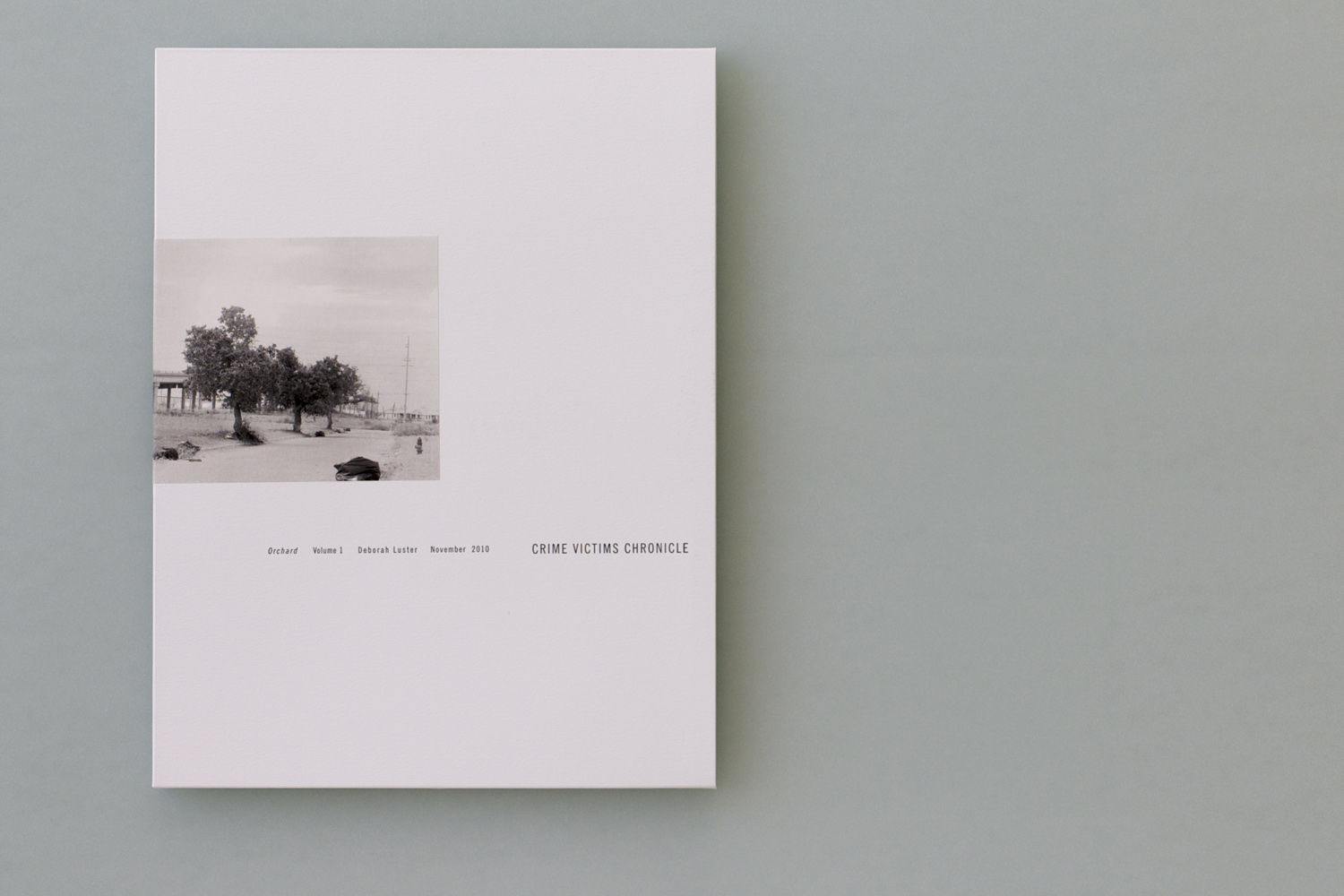
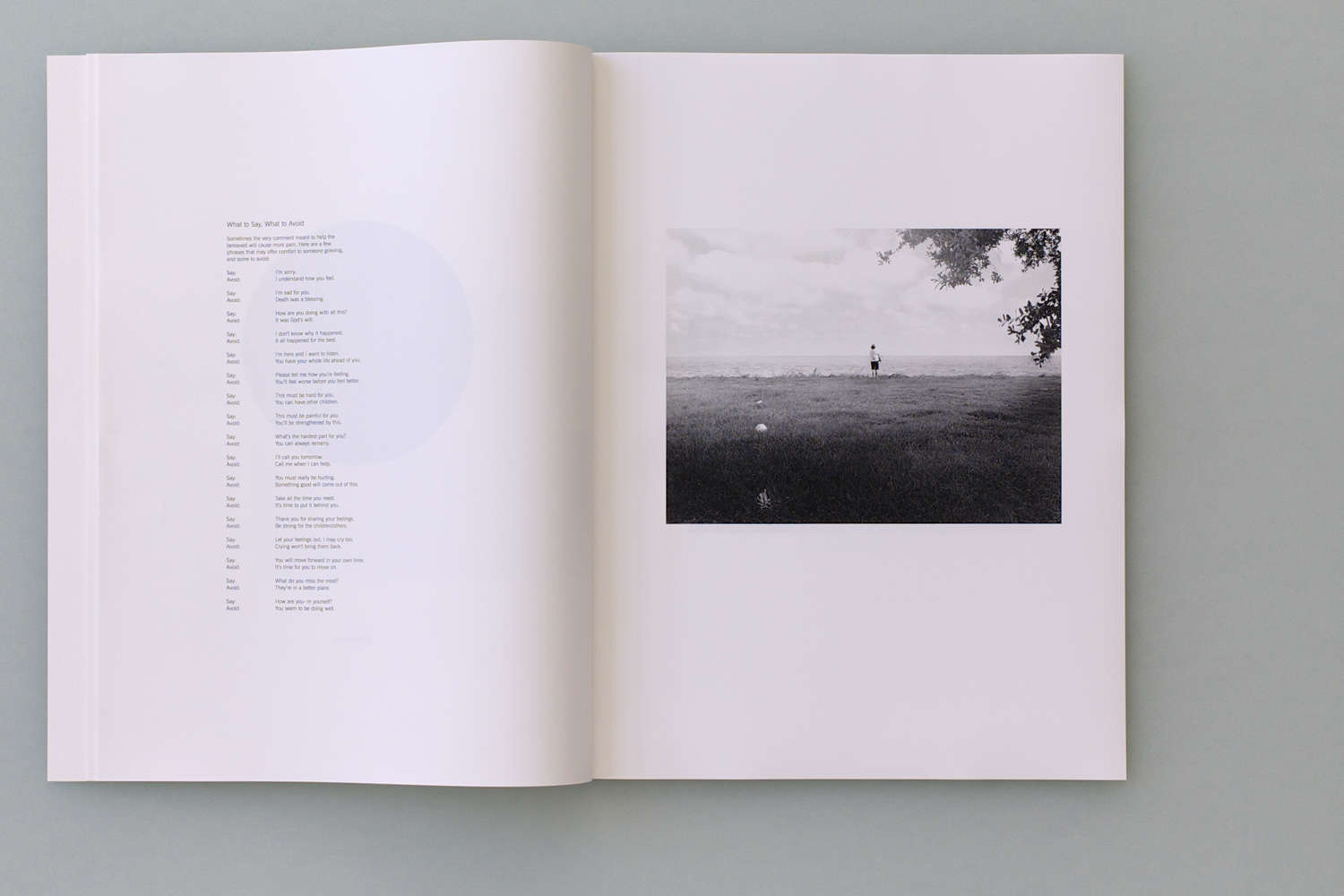

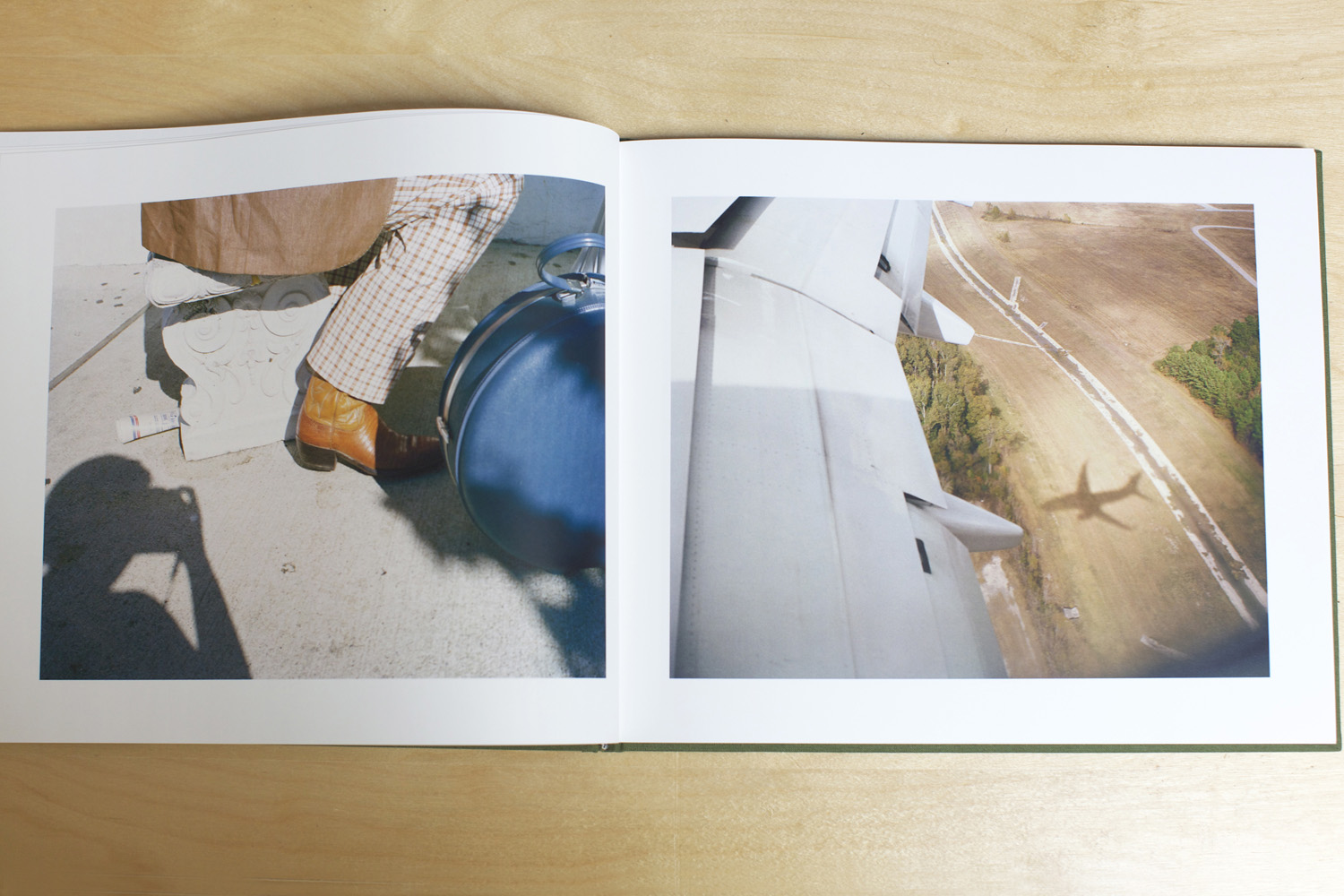
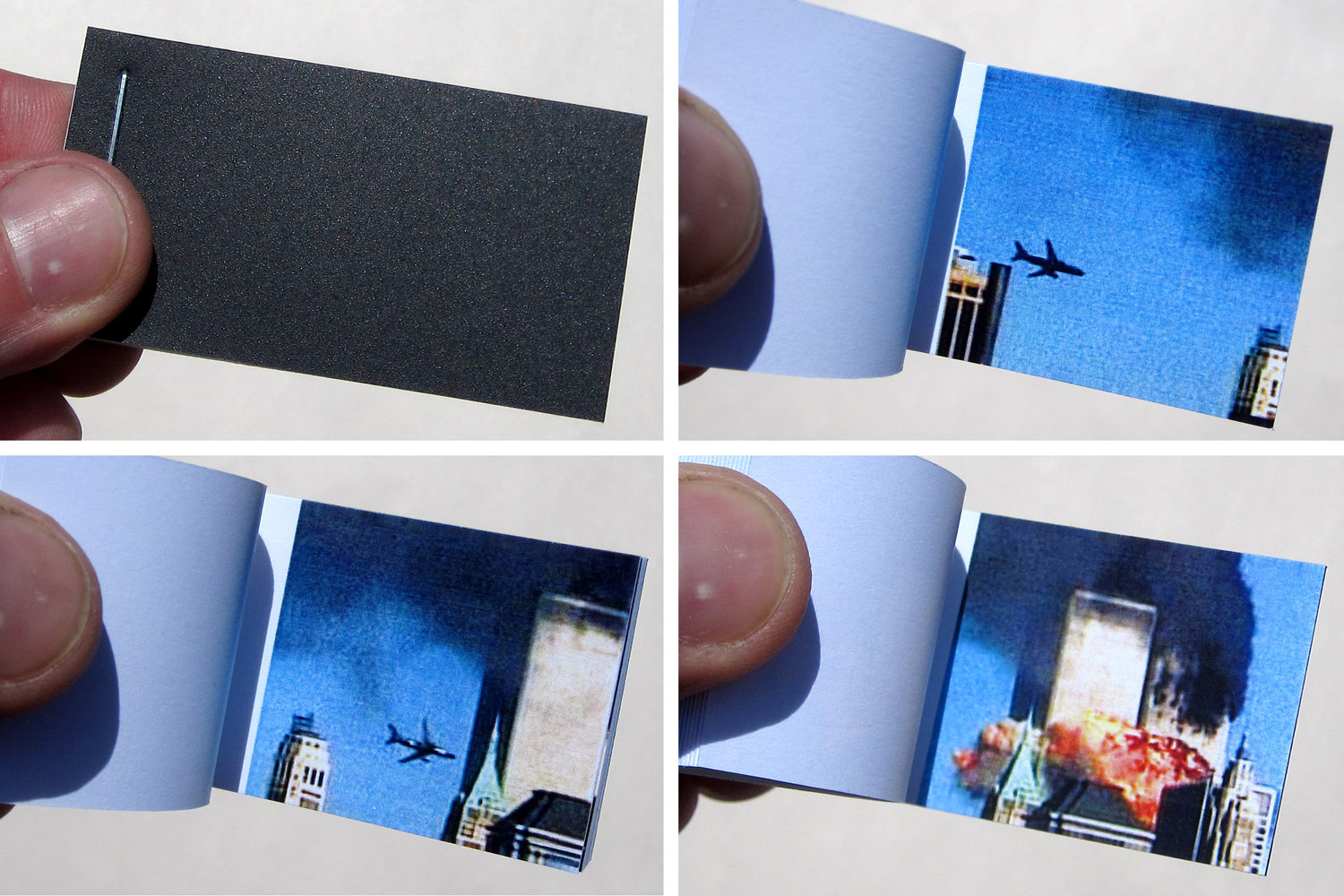

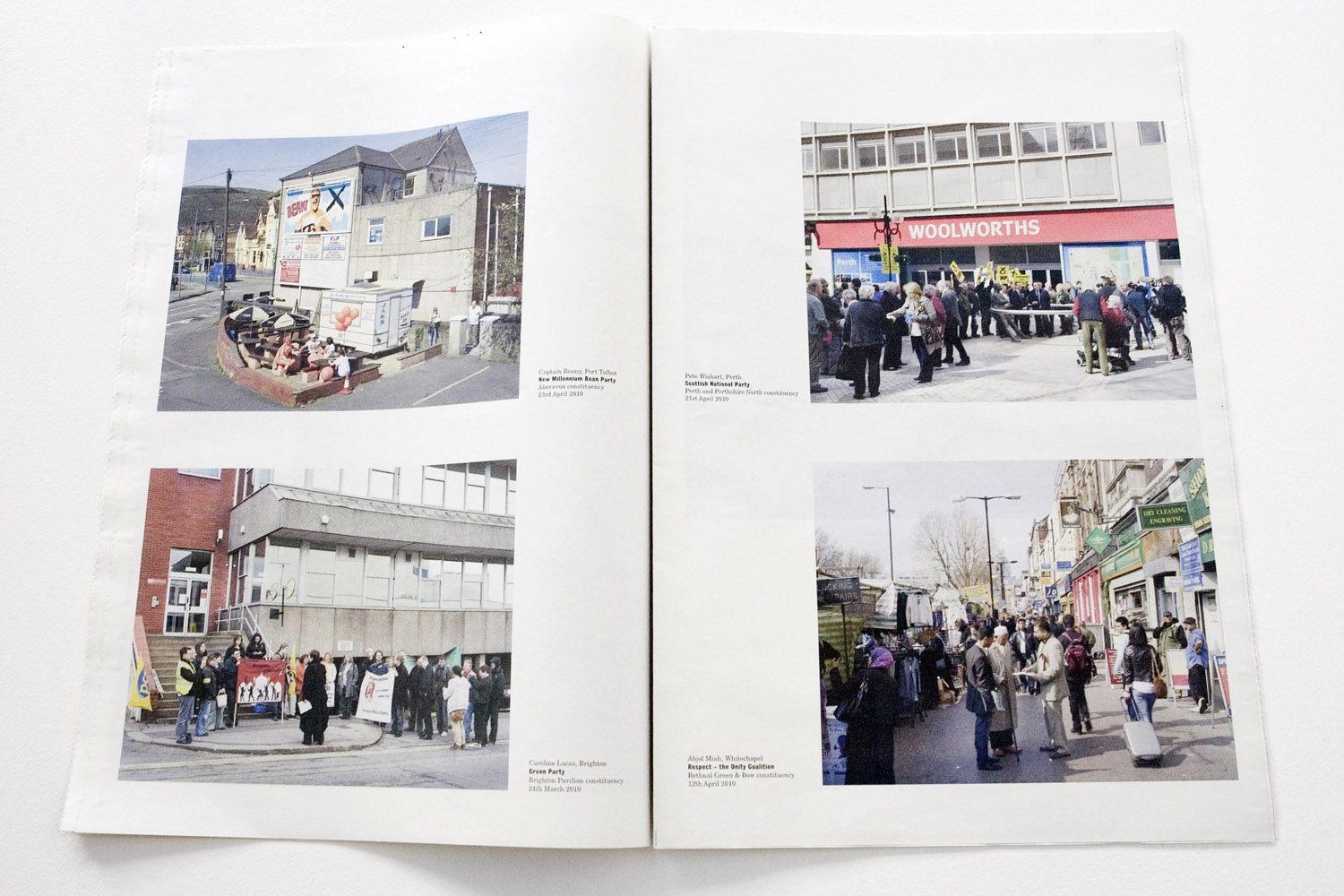
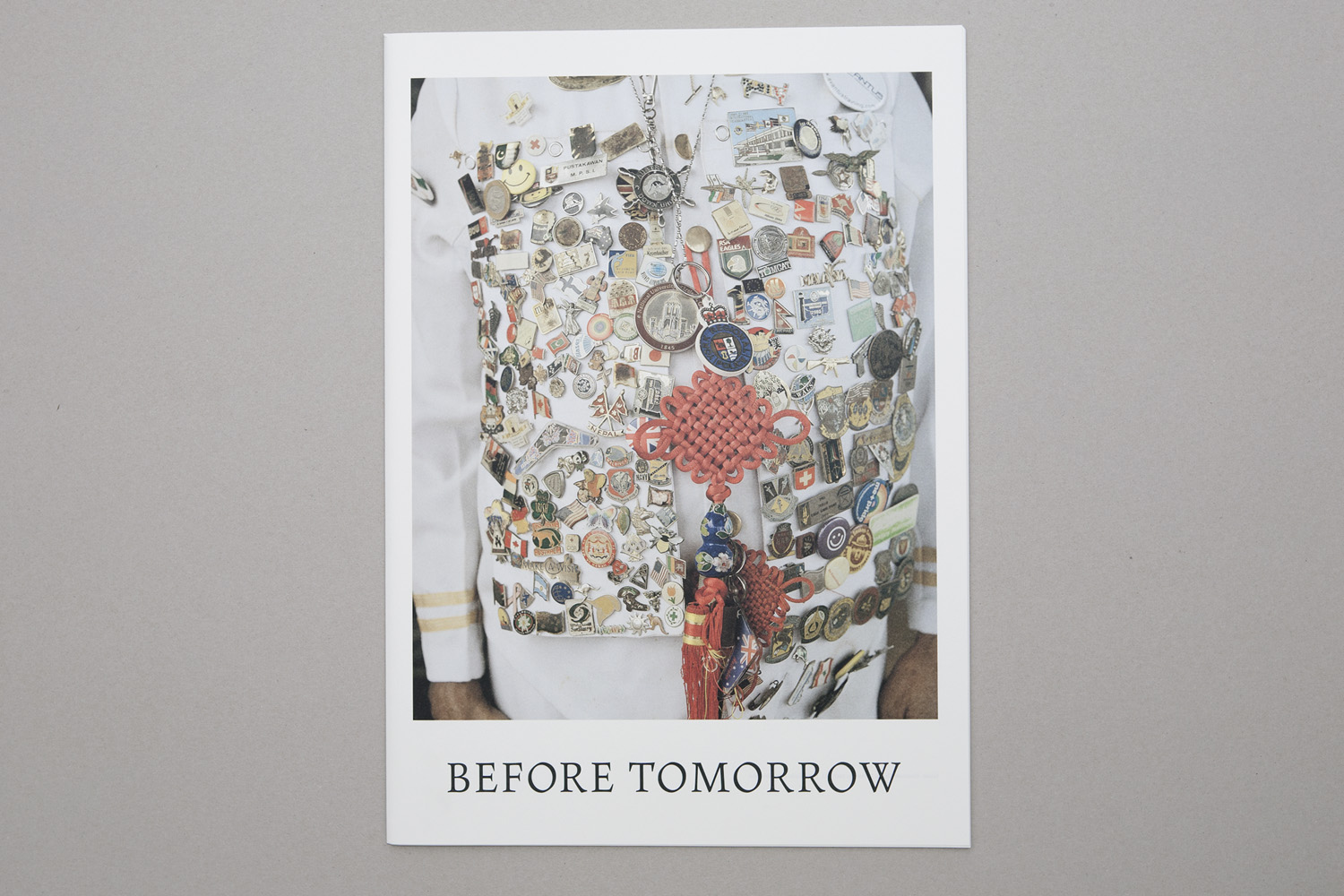
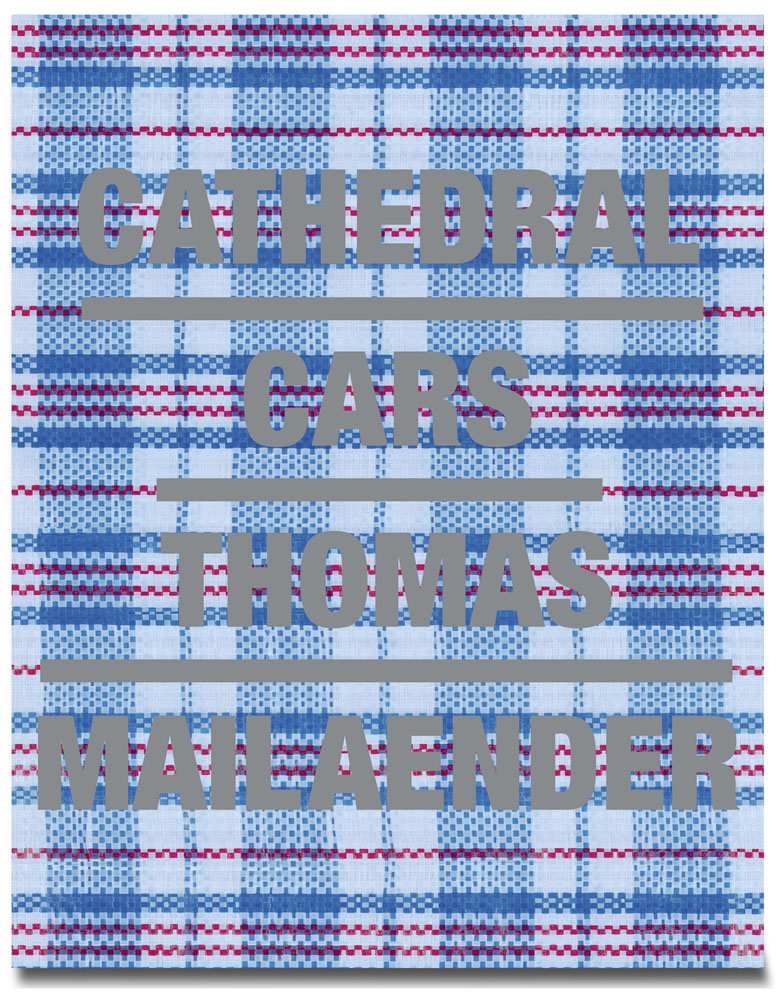
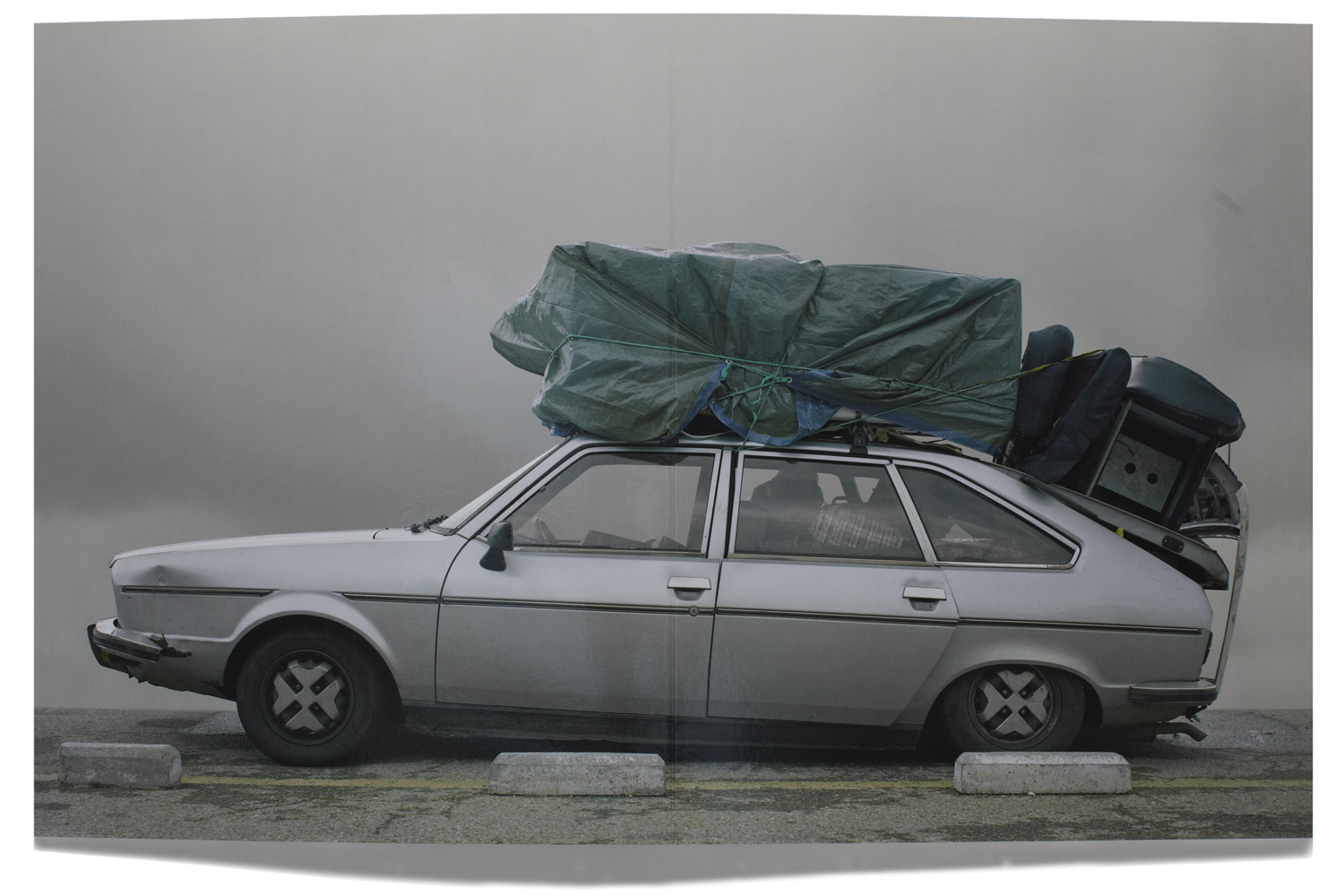

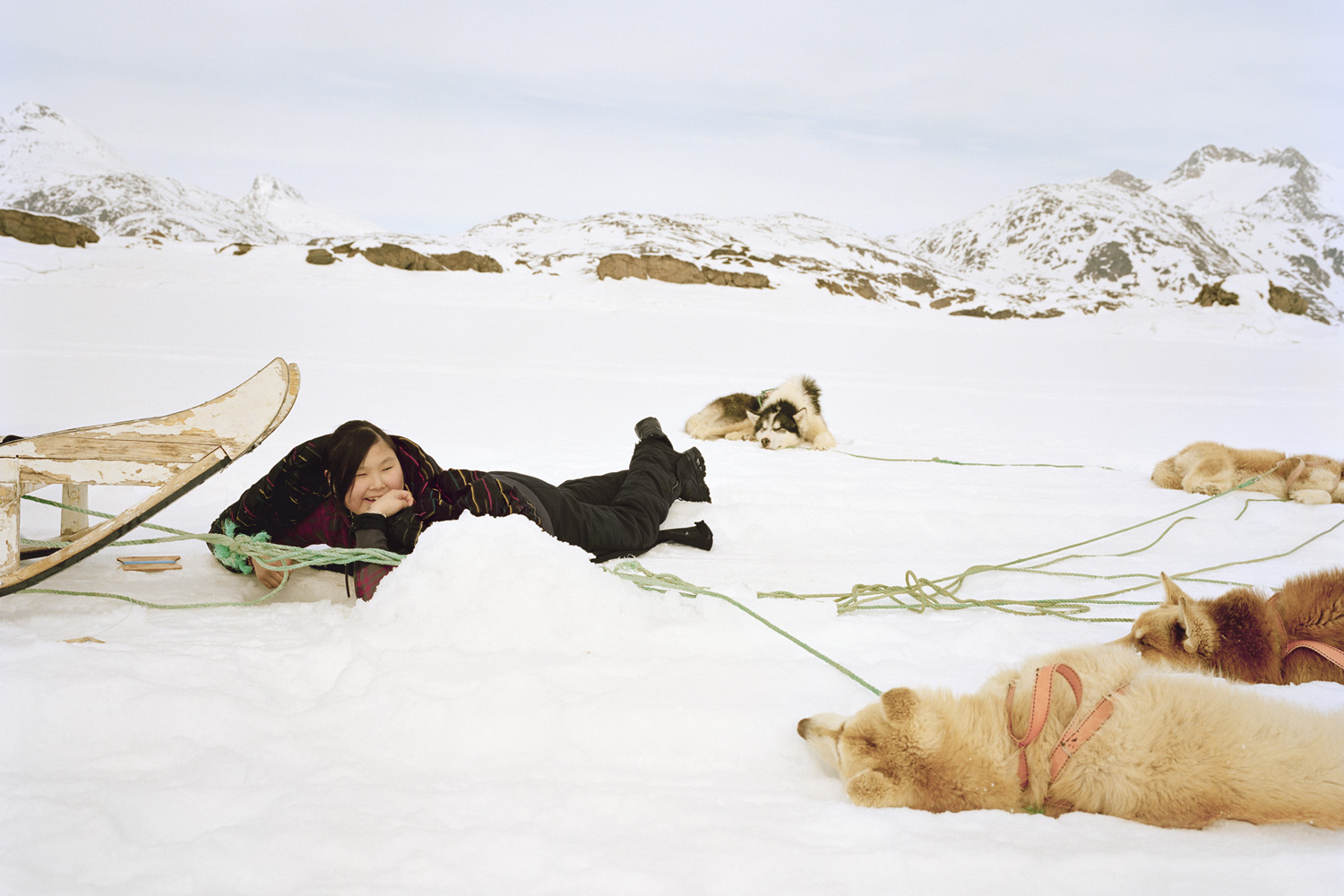

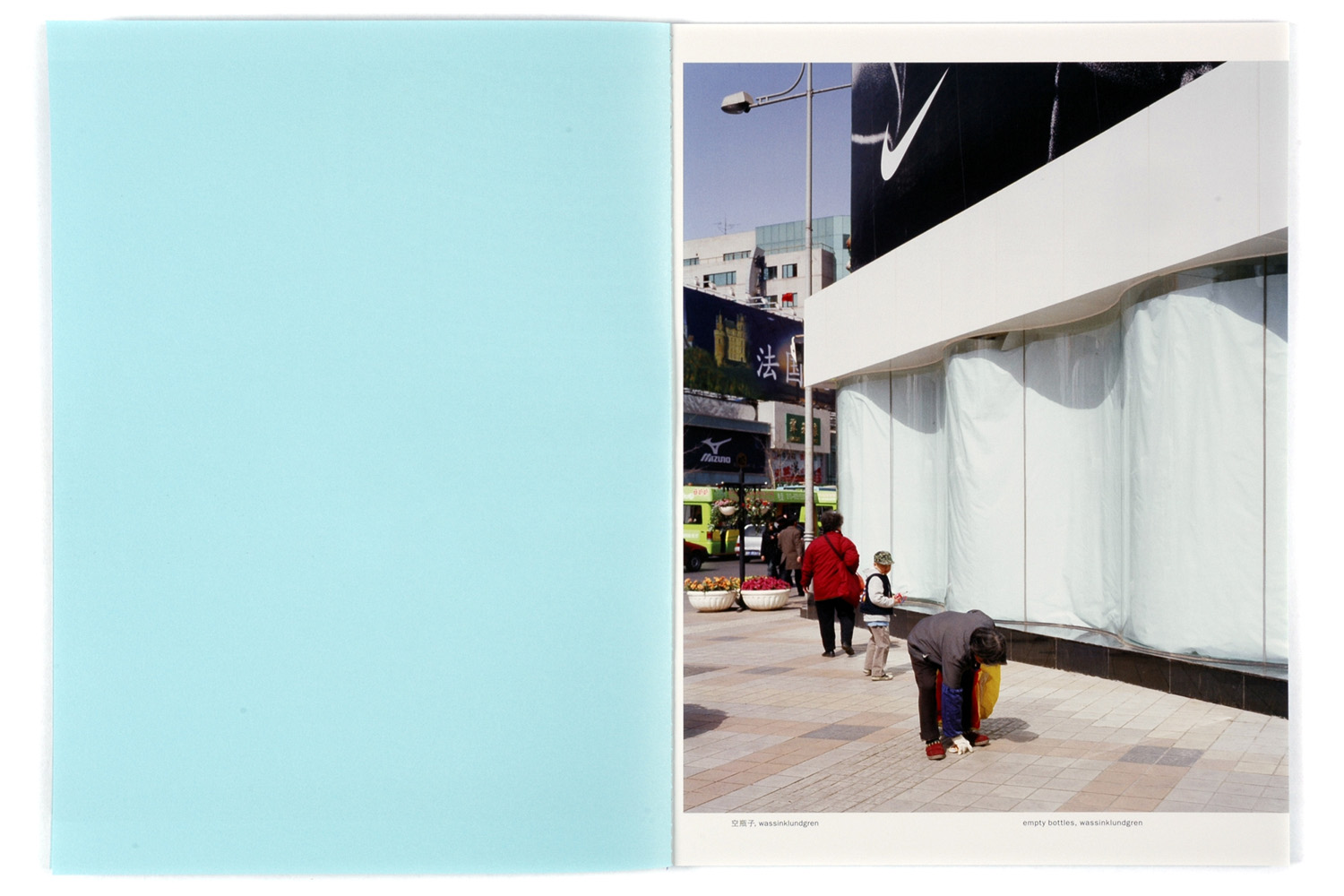
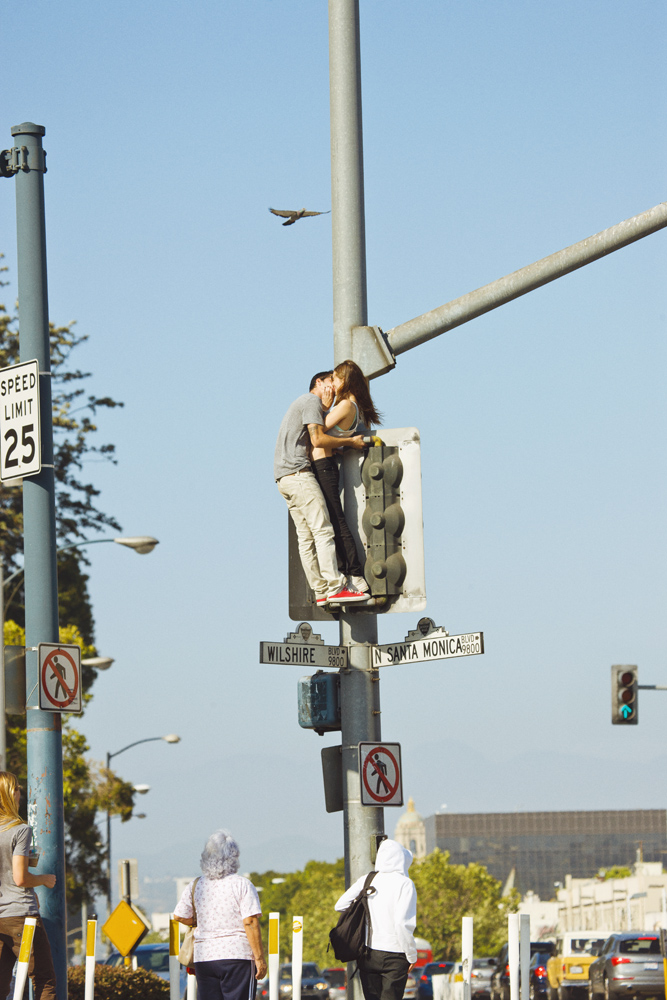
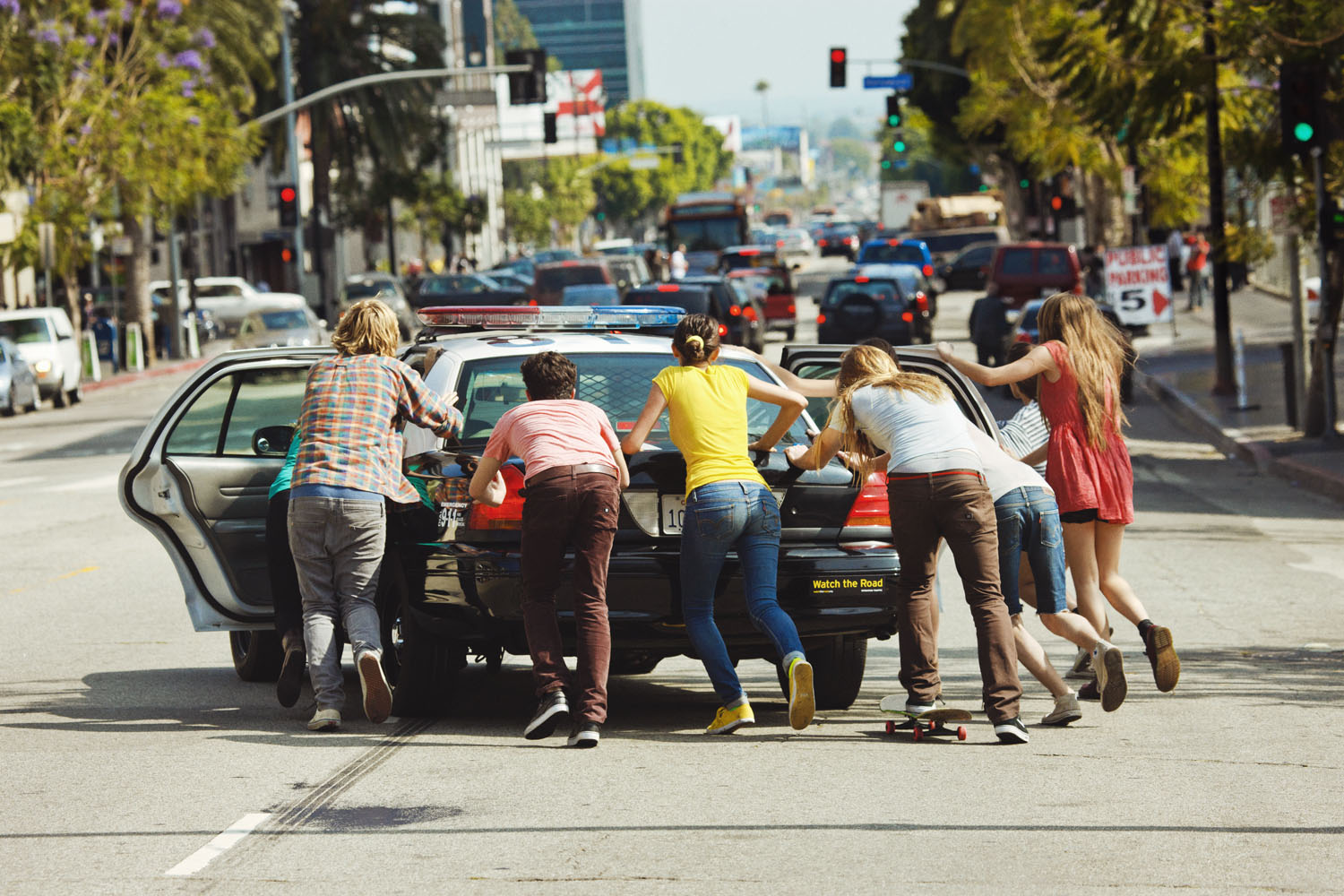
More Must-Reads From TIME
- Dua Lipa Manifested All of This
- Exclusive: Google Workers Revolt Over $1.2 Billion Contract With Israel
- Stop Looking for Your Forever Home
- The Sympathizer Counters 50 Years of Hollywood Vietnam War Narratives
- The Bliss of Seeing the Eclipse From Cleveland
- Hormonal Birth Control Doesn’t Deserve Its Bad Reputation
- The Best TV Shows to Watch on Peacock
- Want Weekly Recs on What to Watch, Read, and More? Sign Up for Worth Your Time
Contact us at letters@time.com